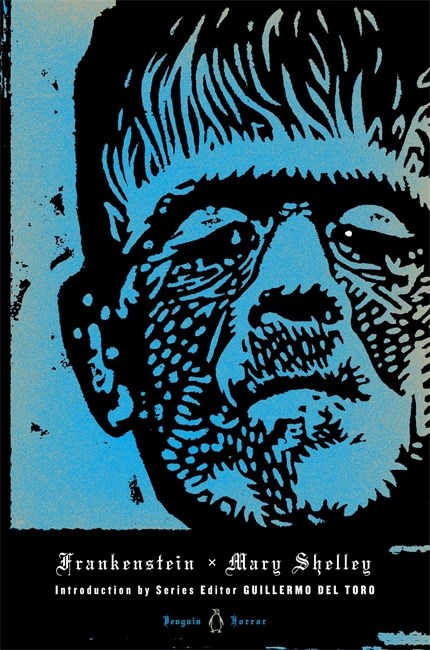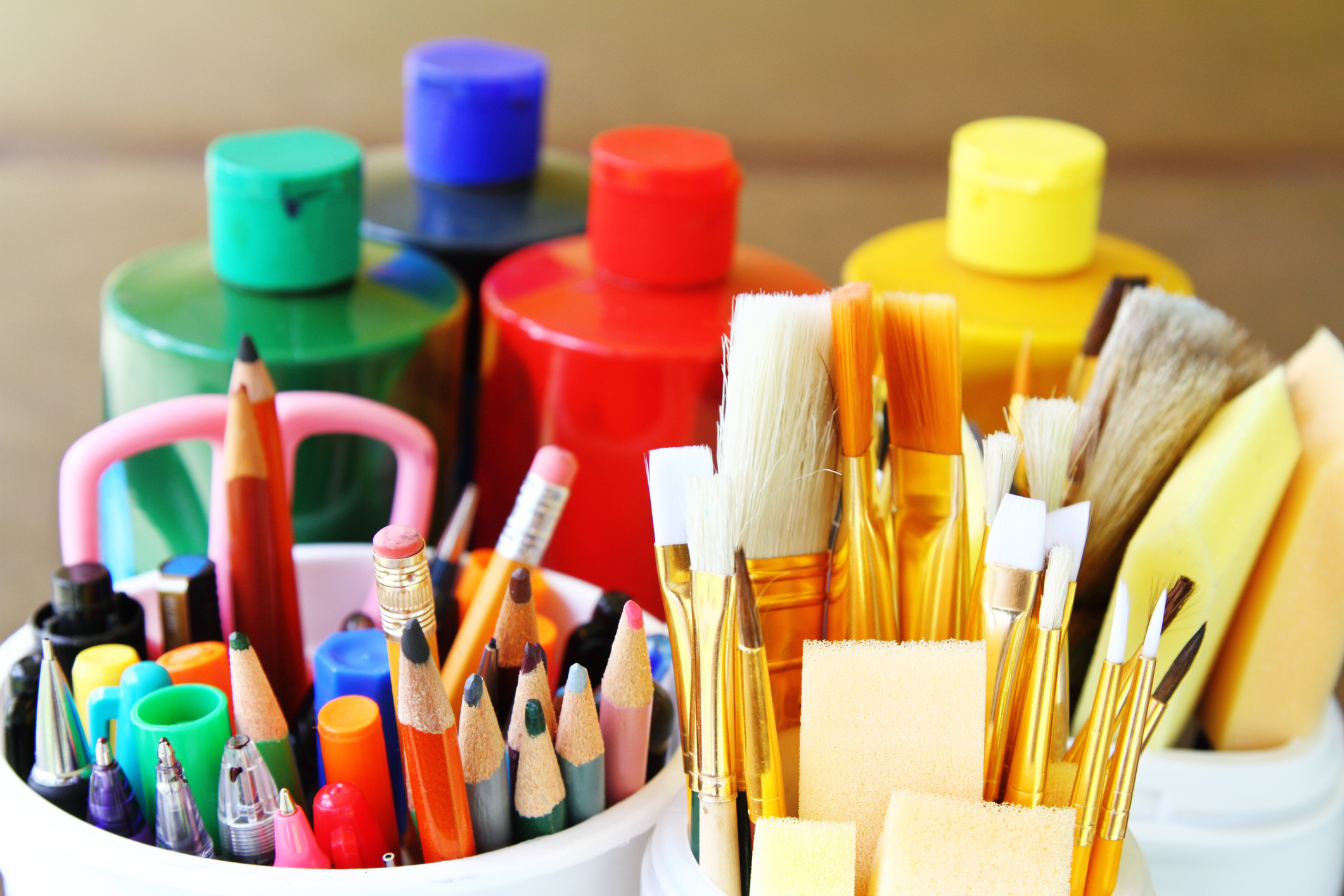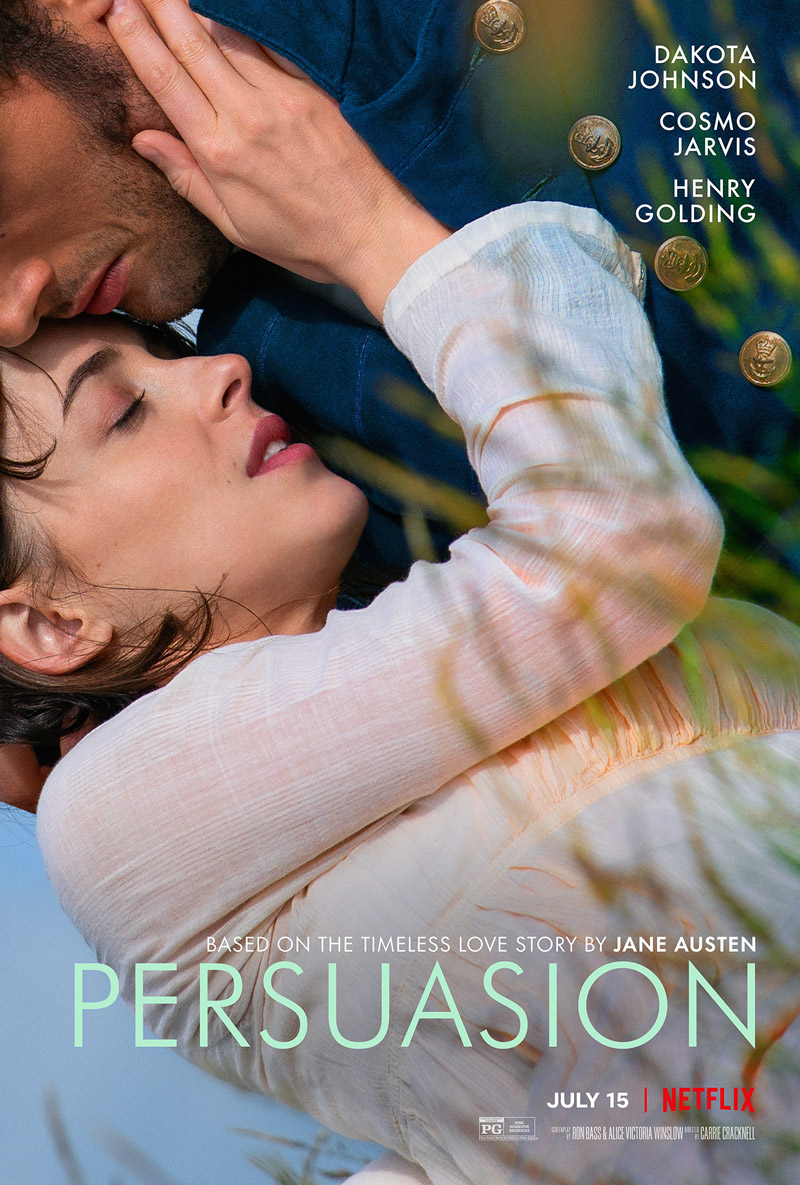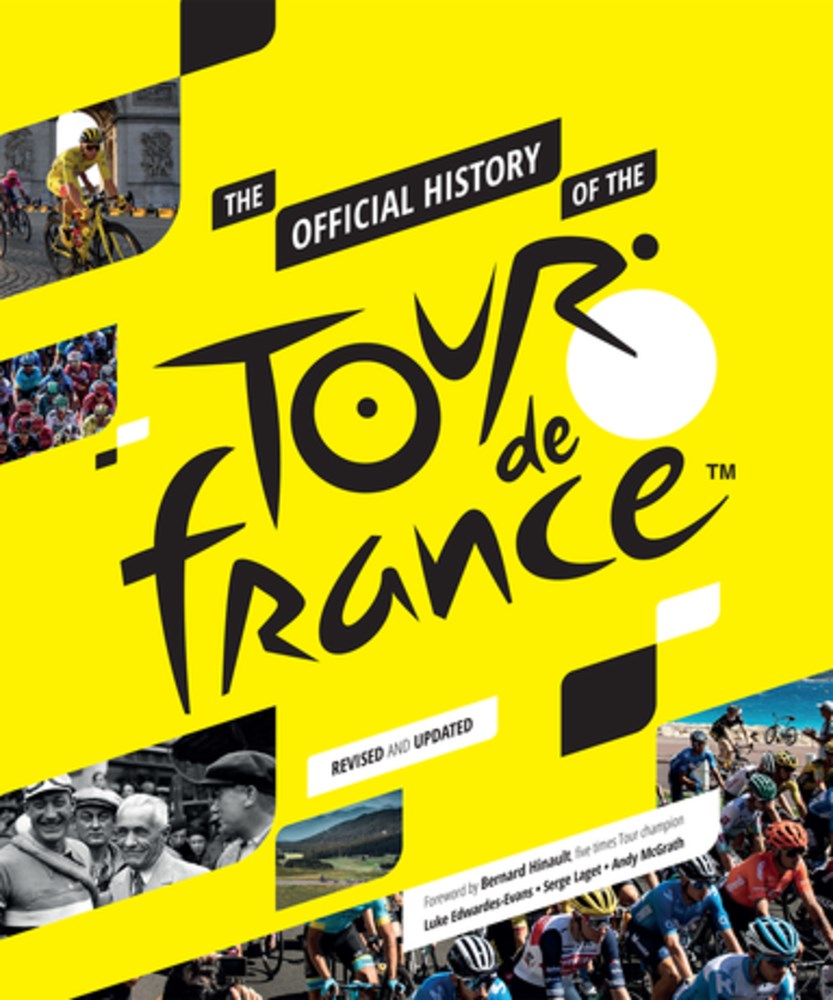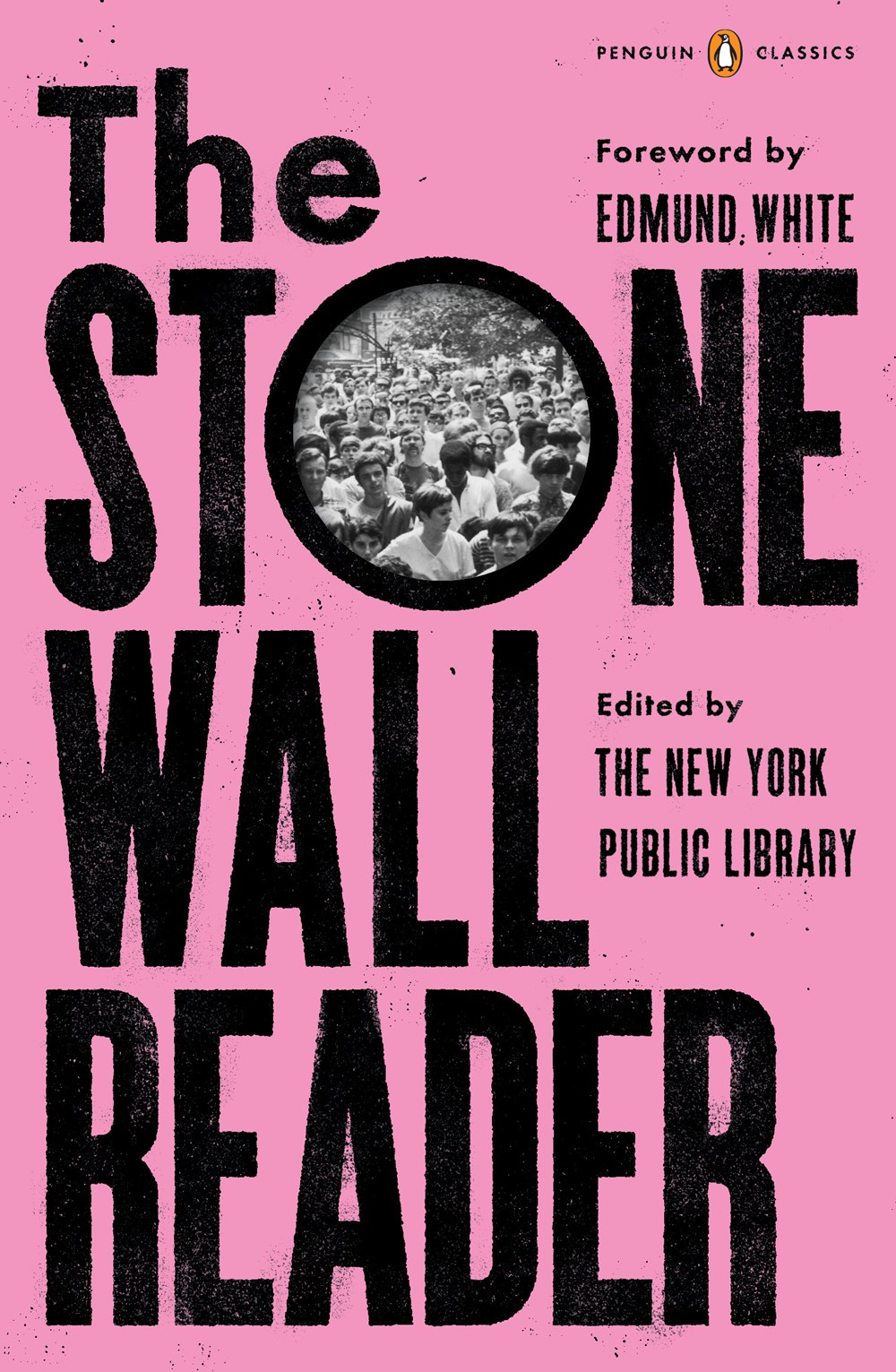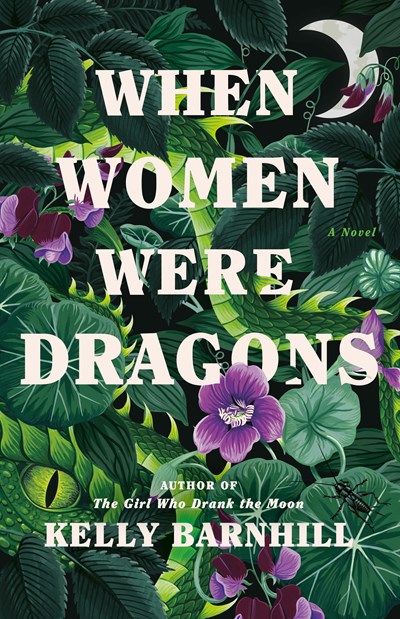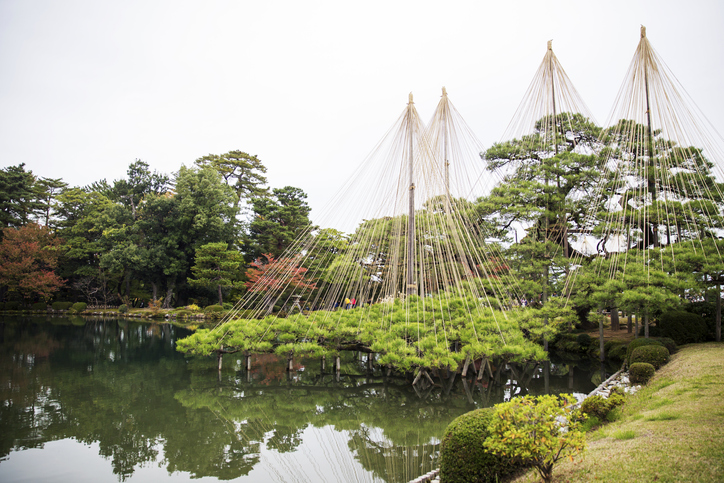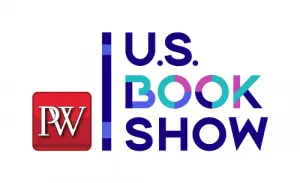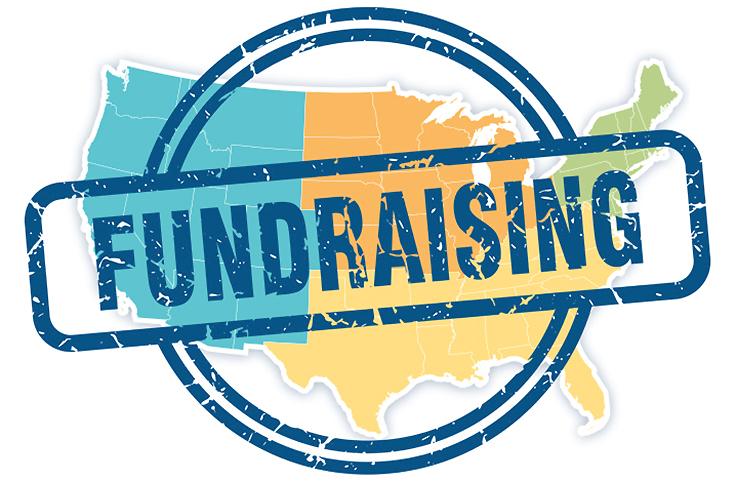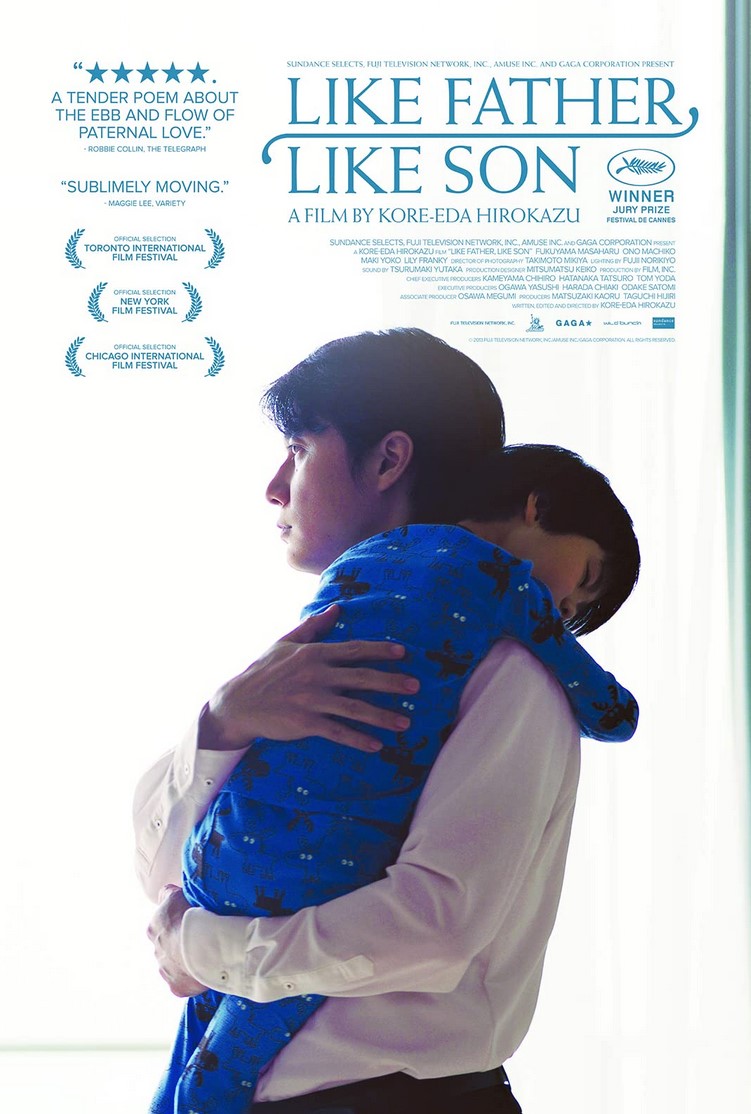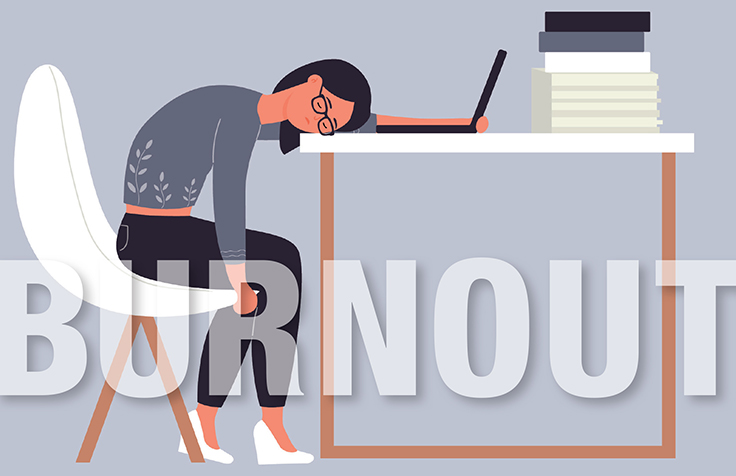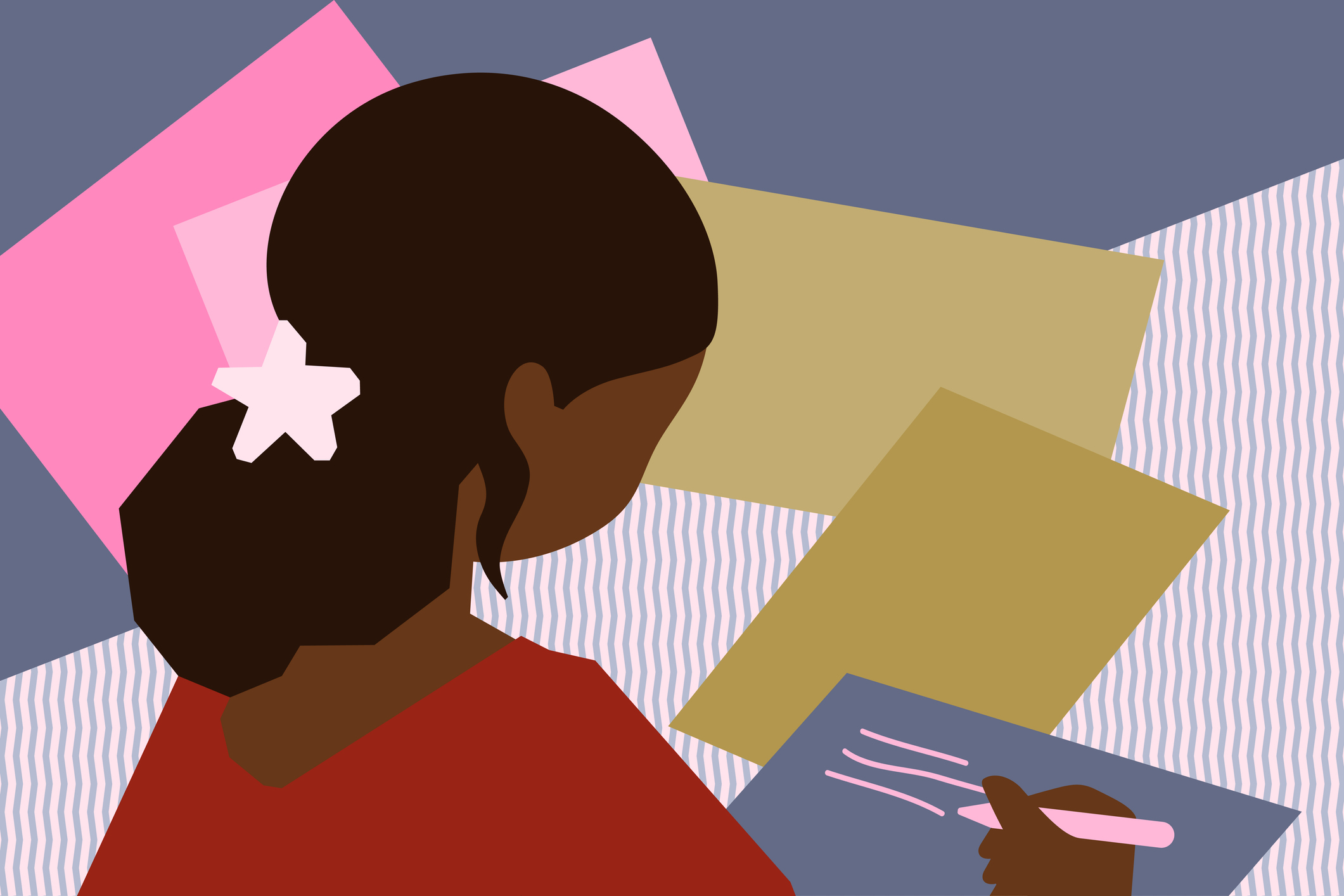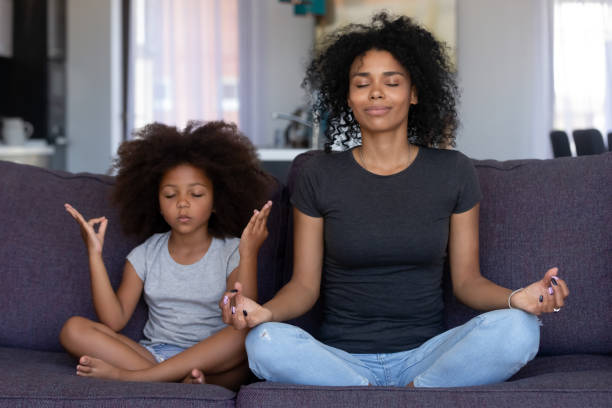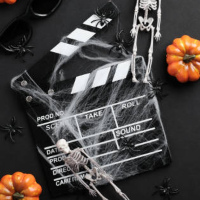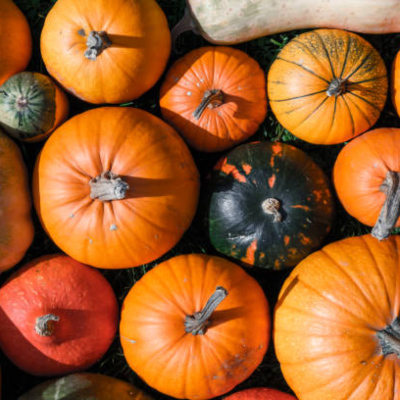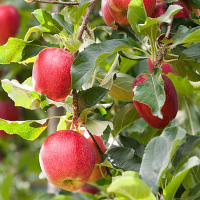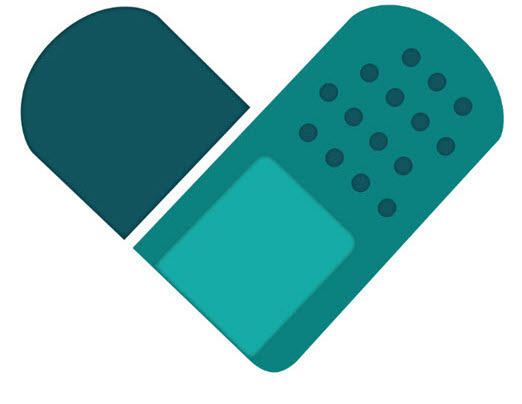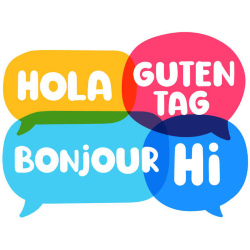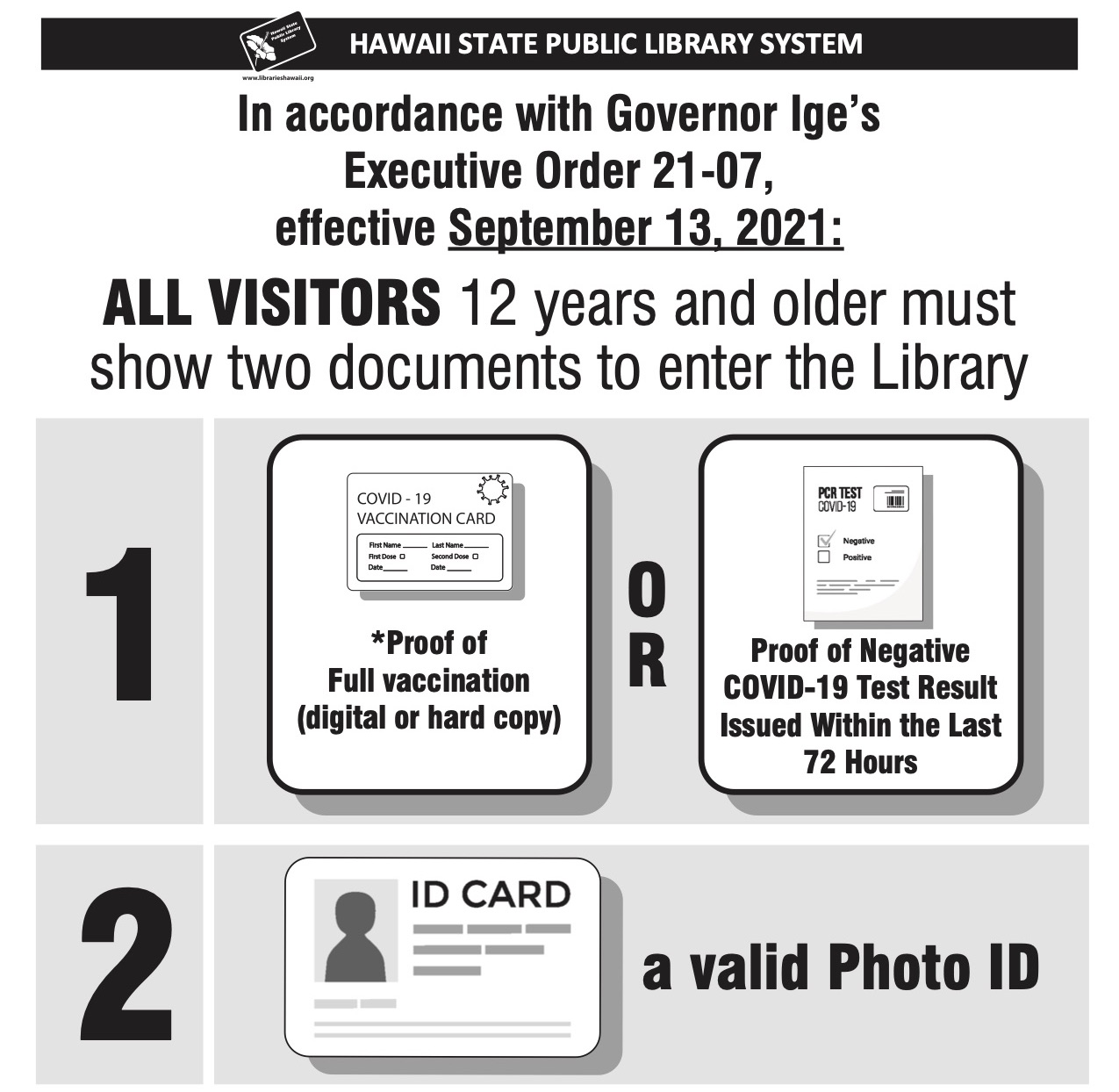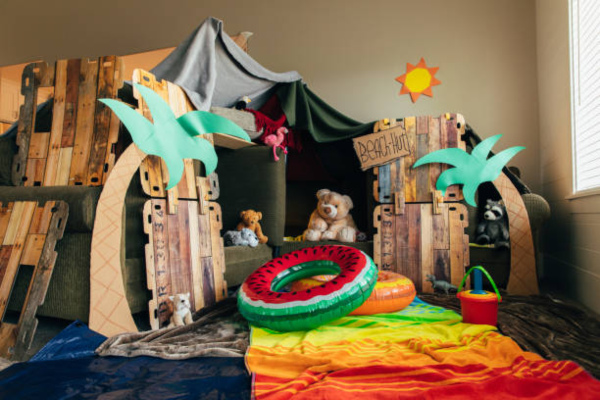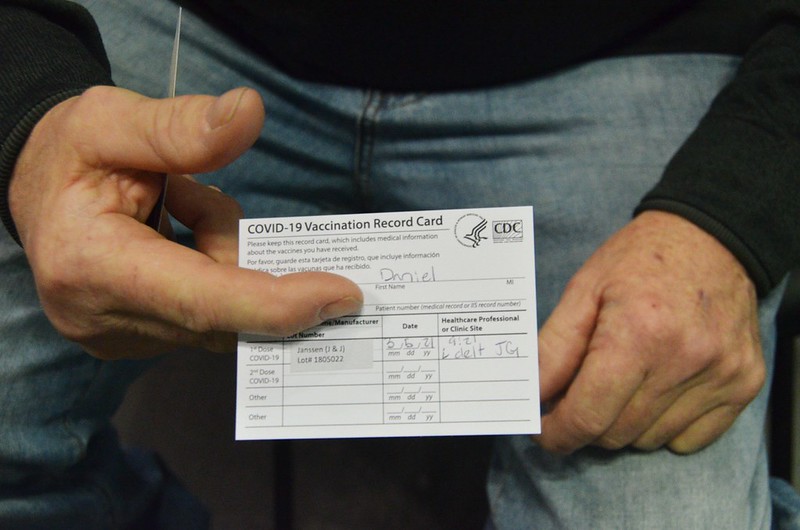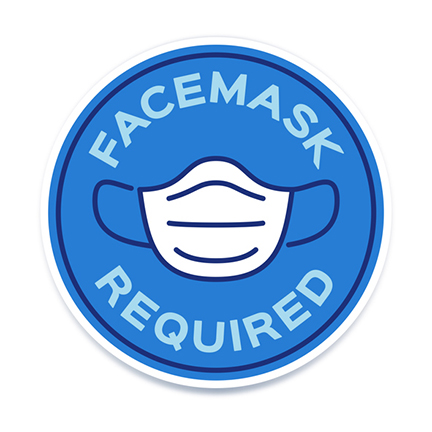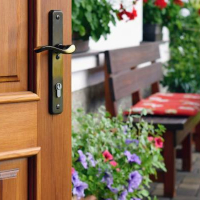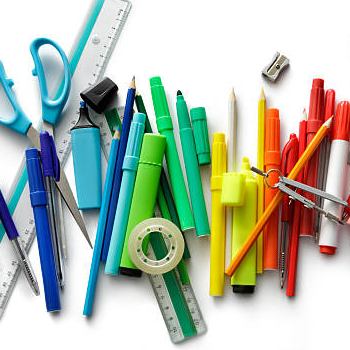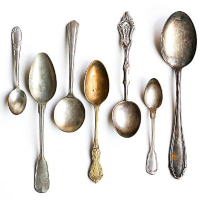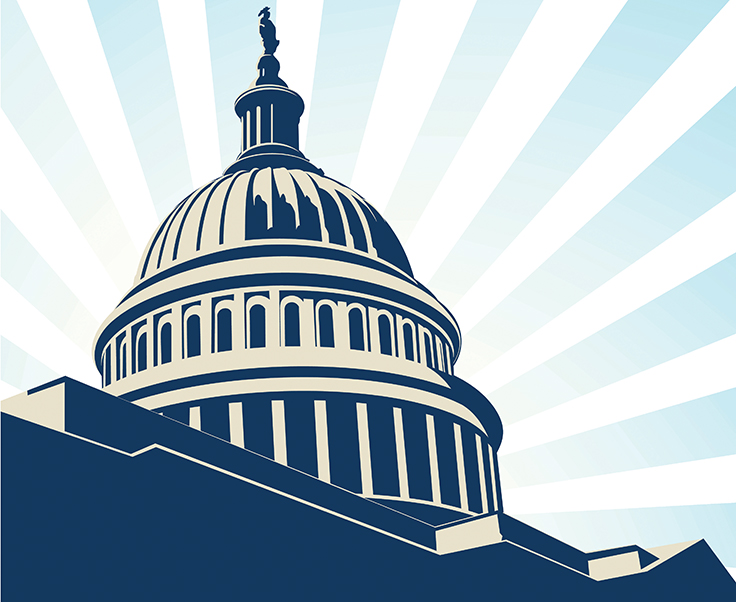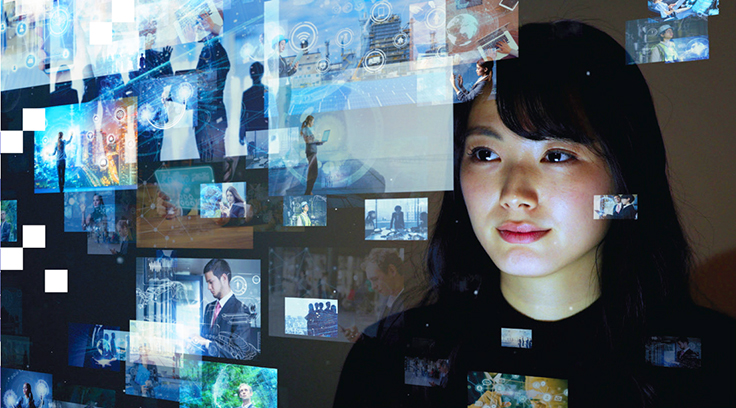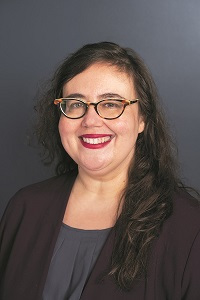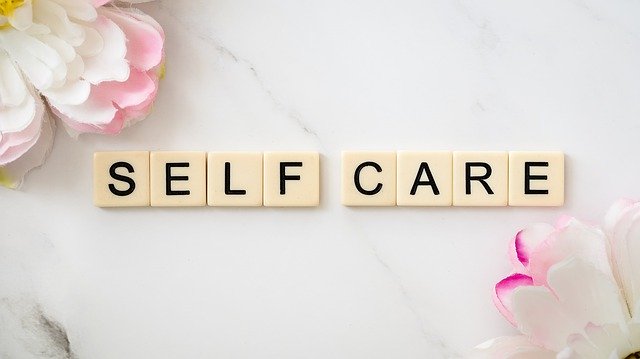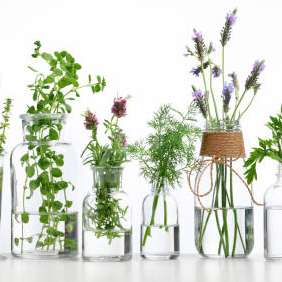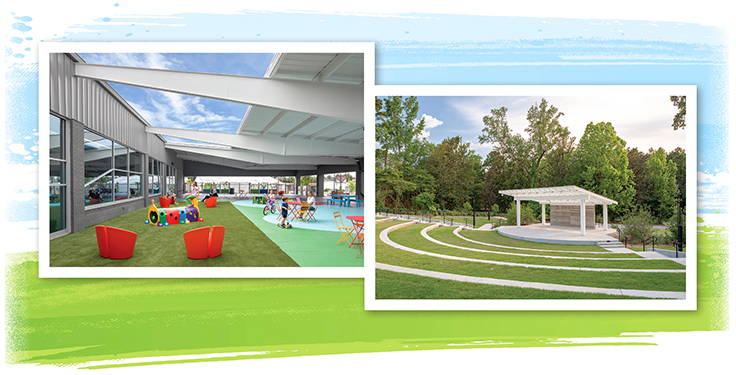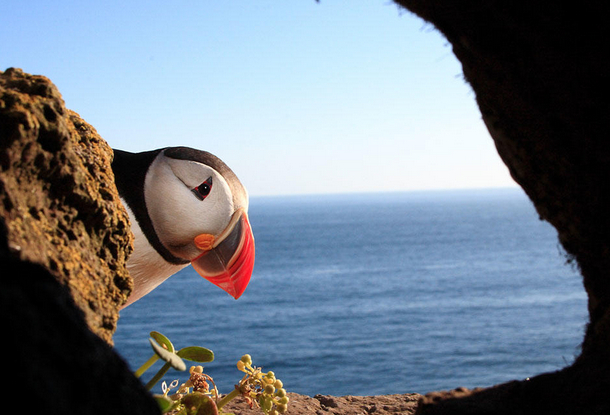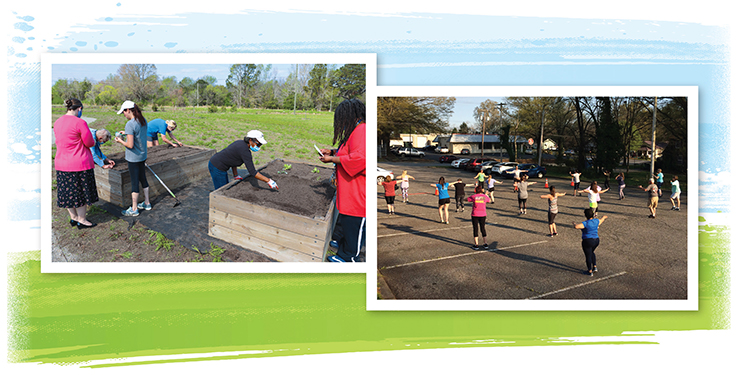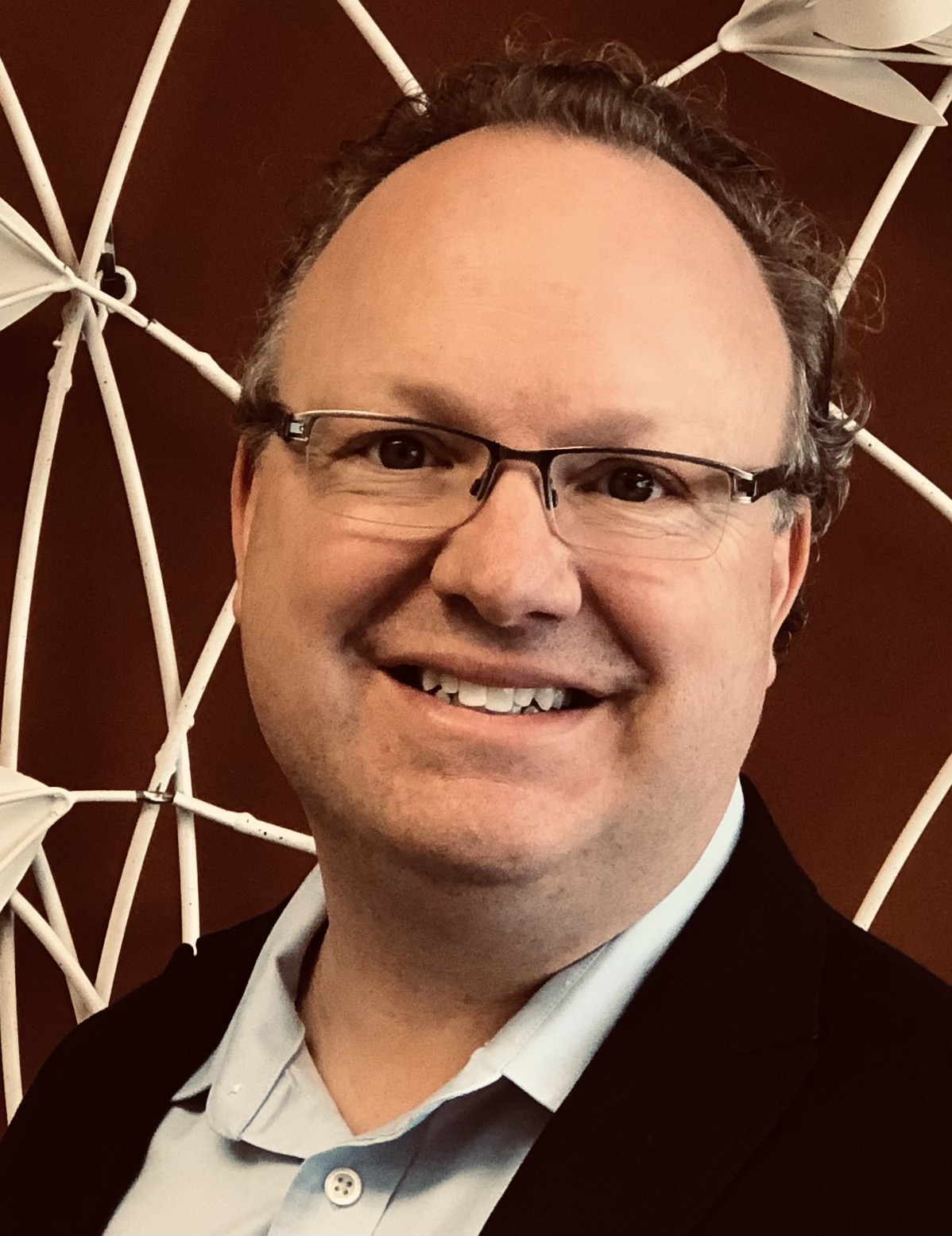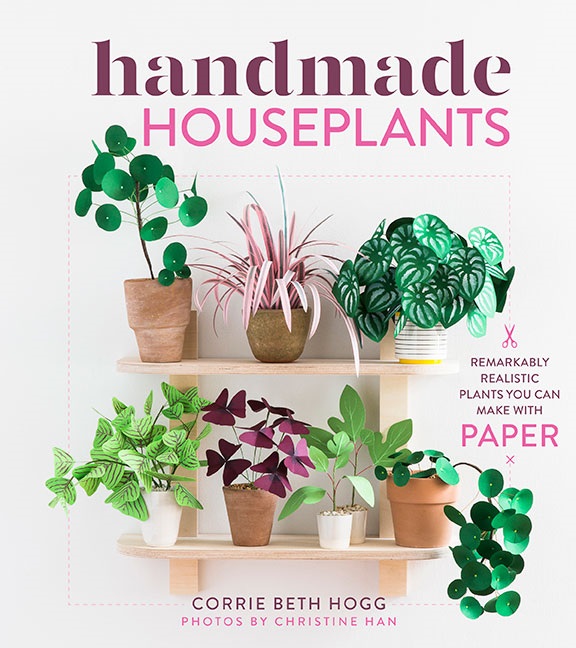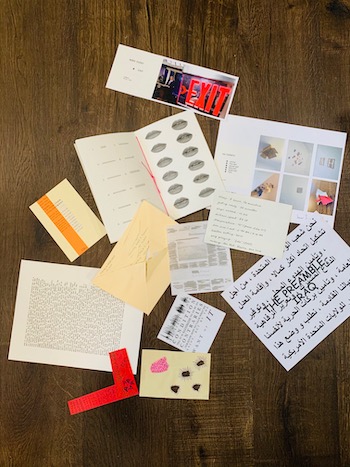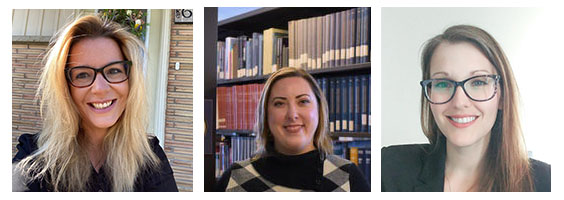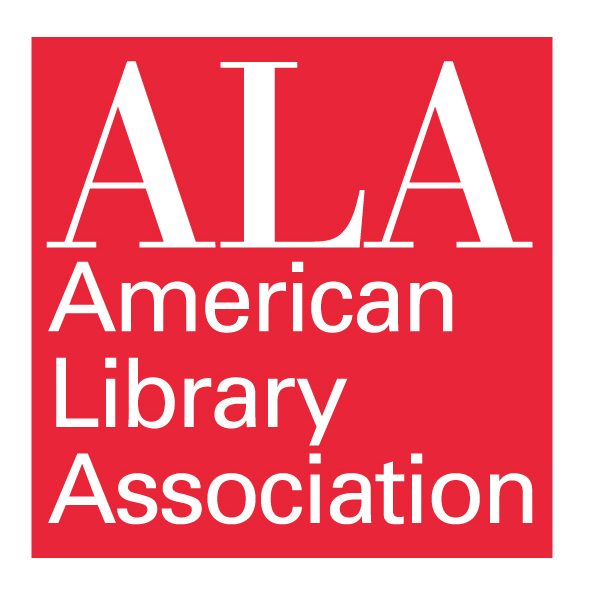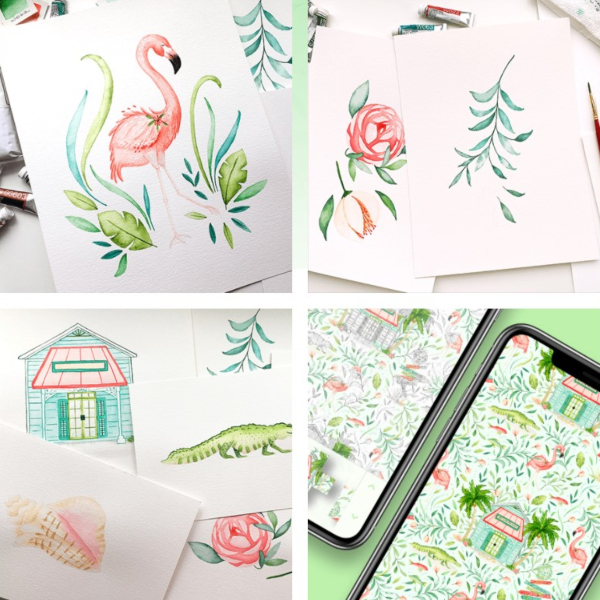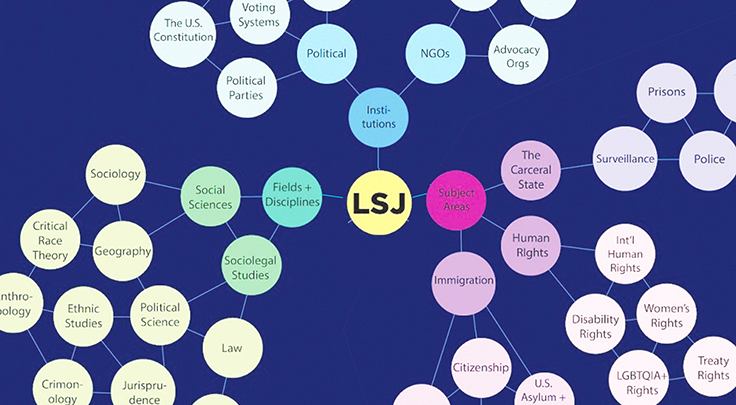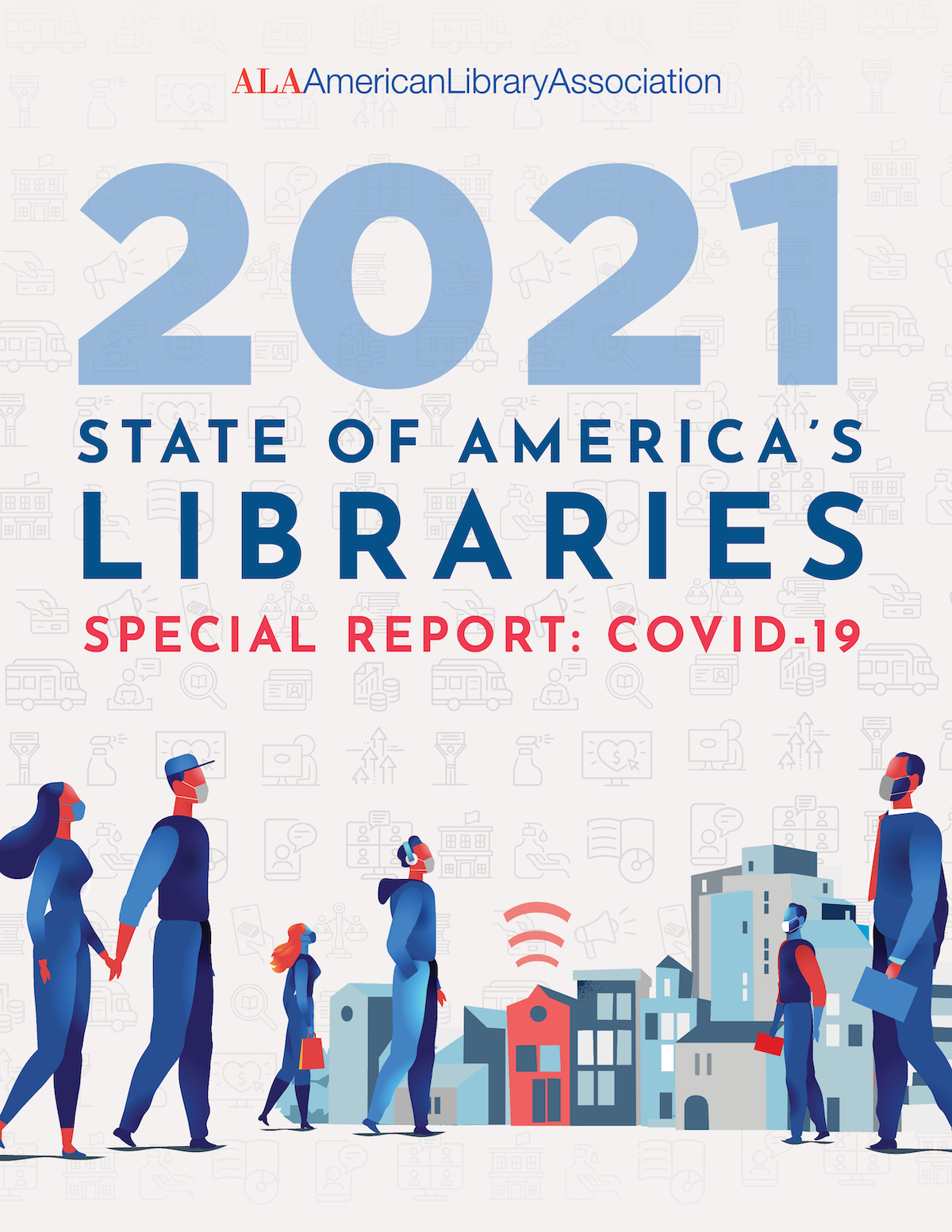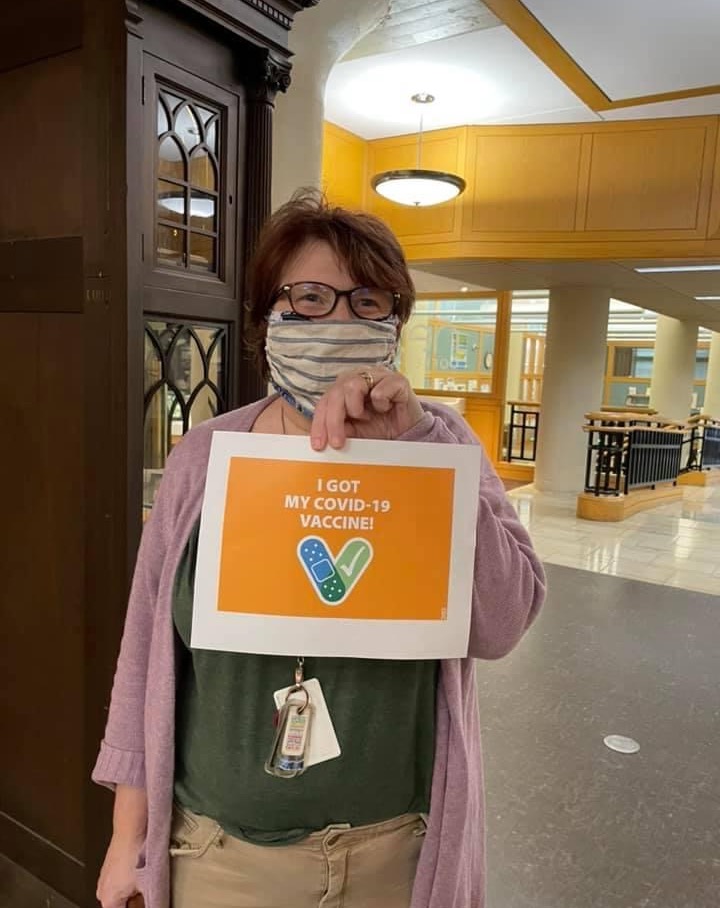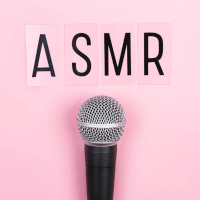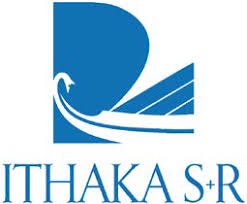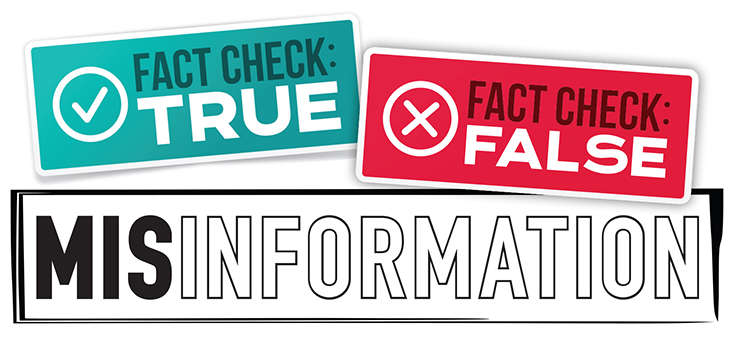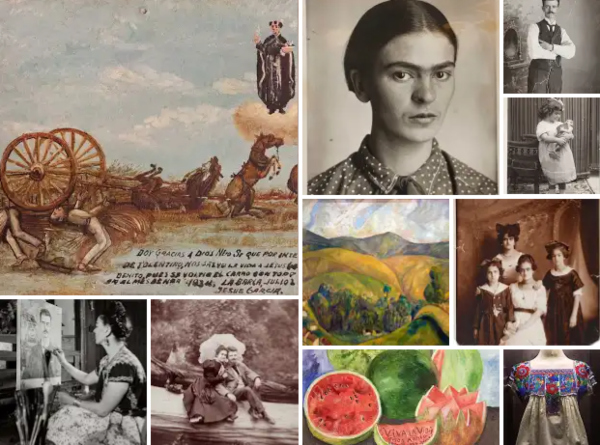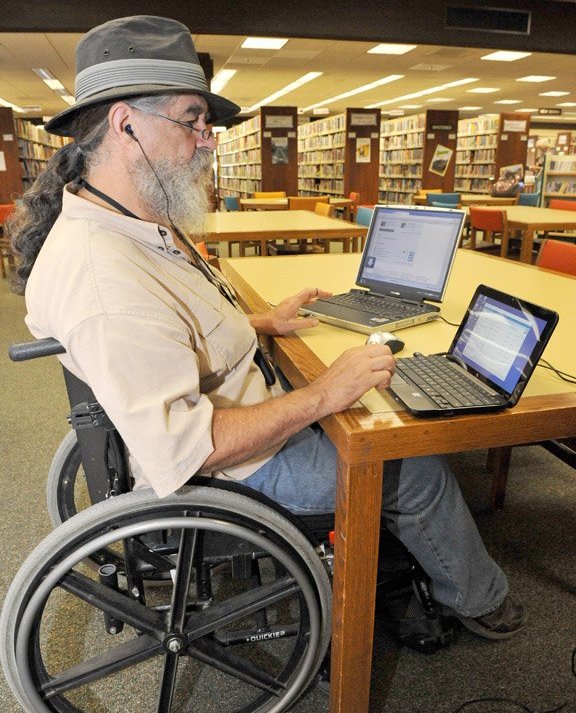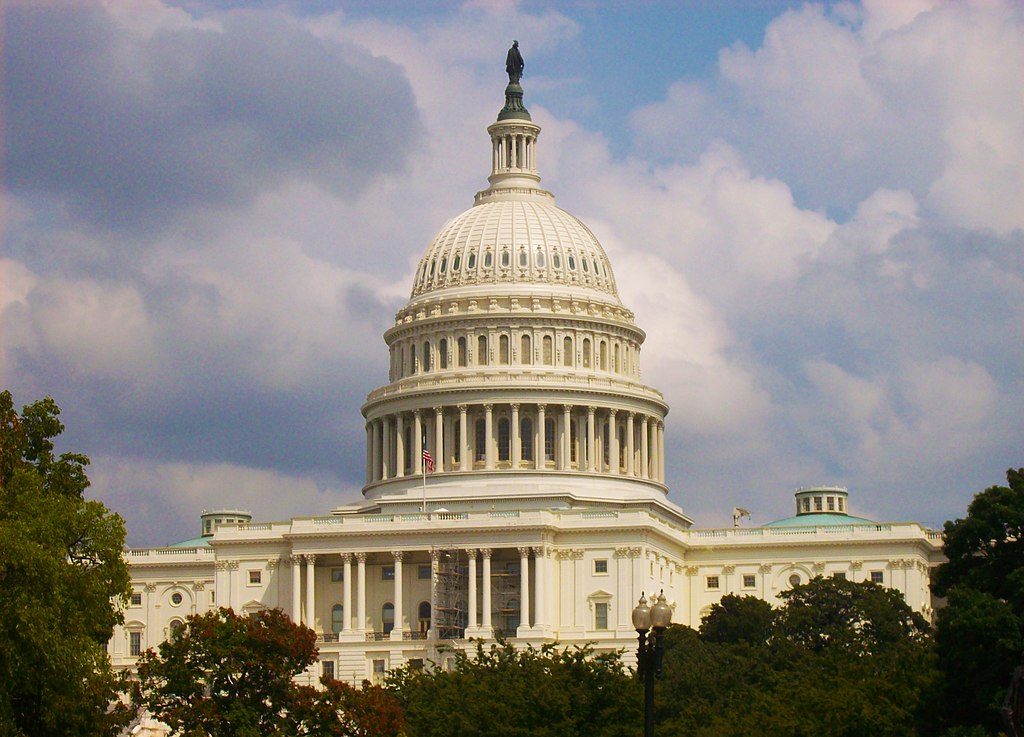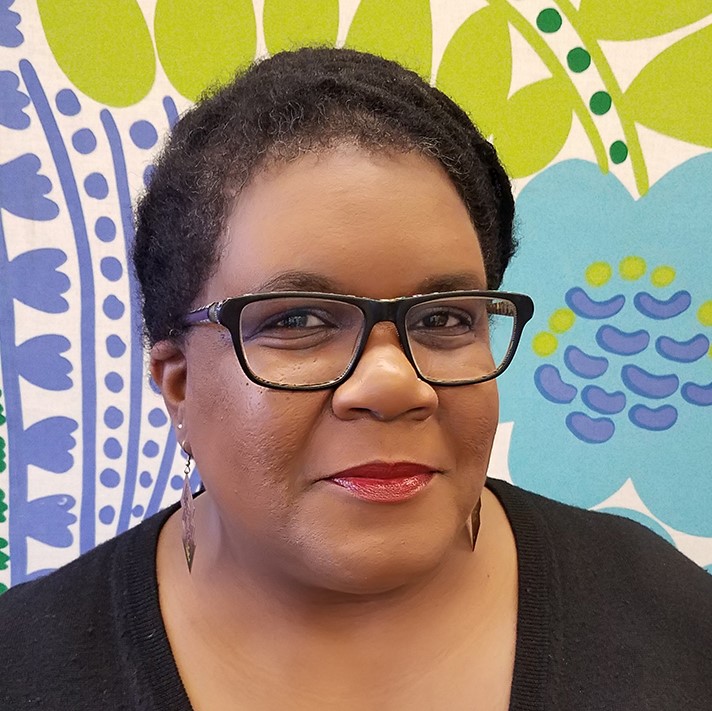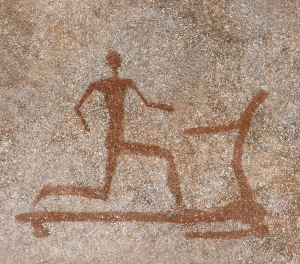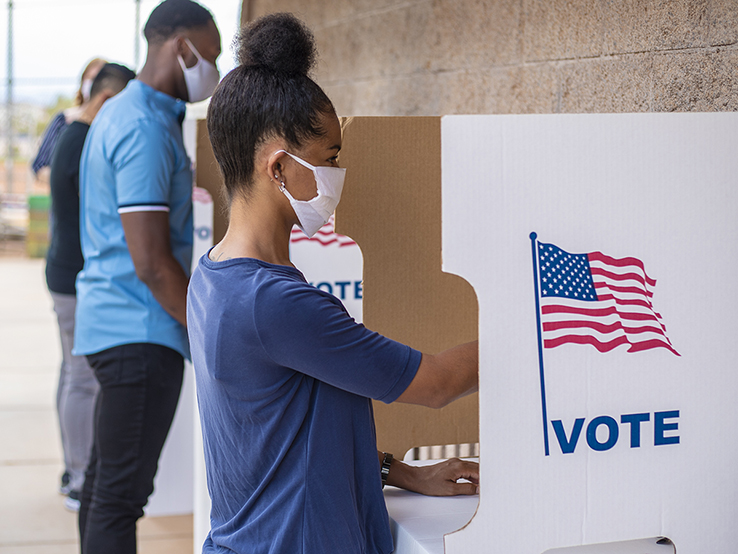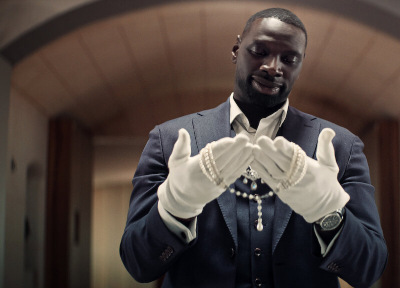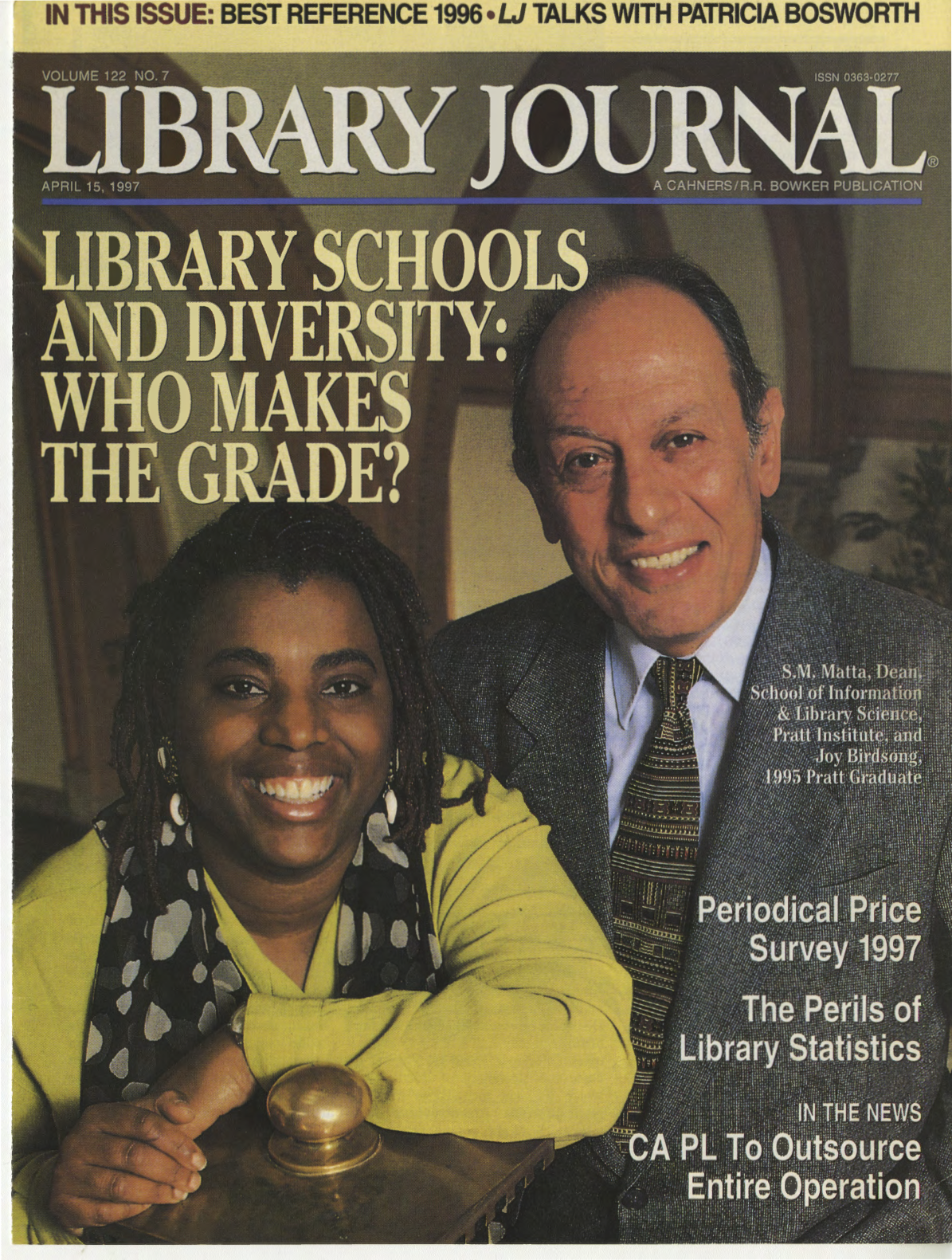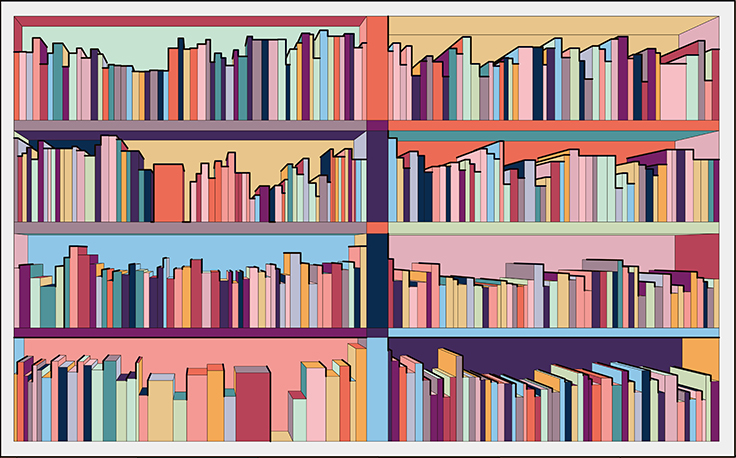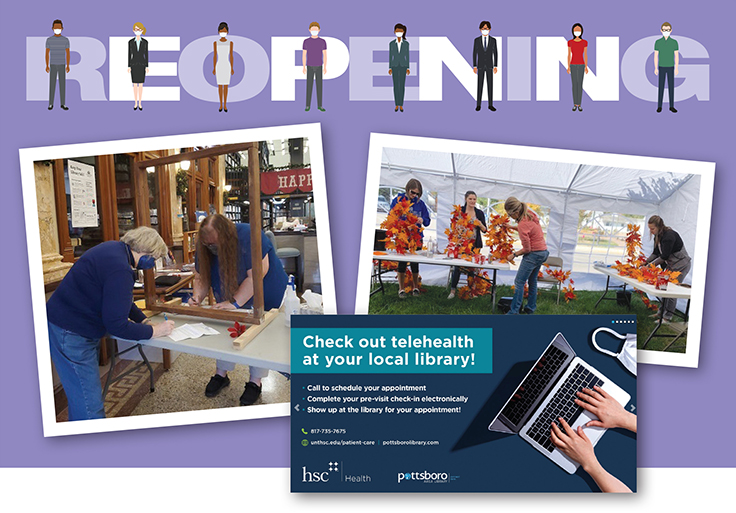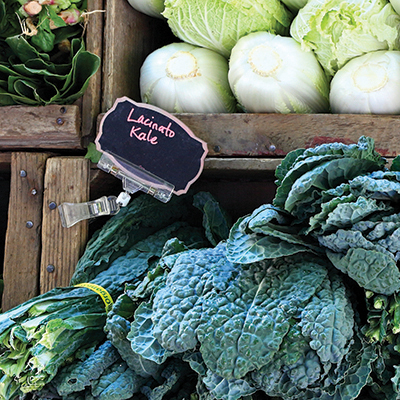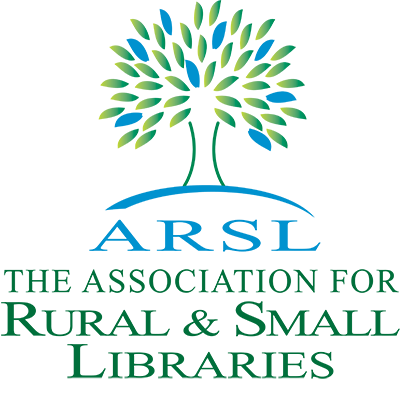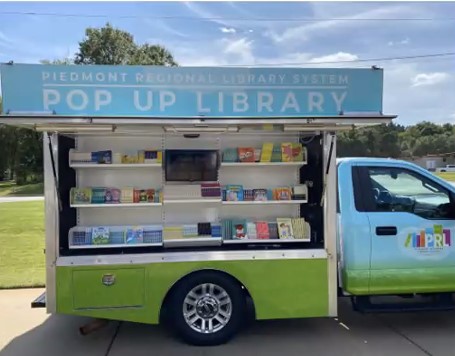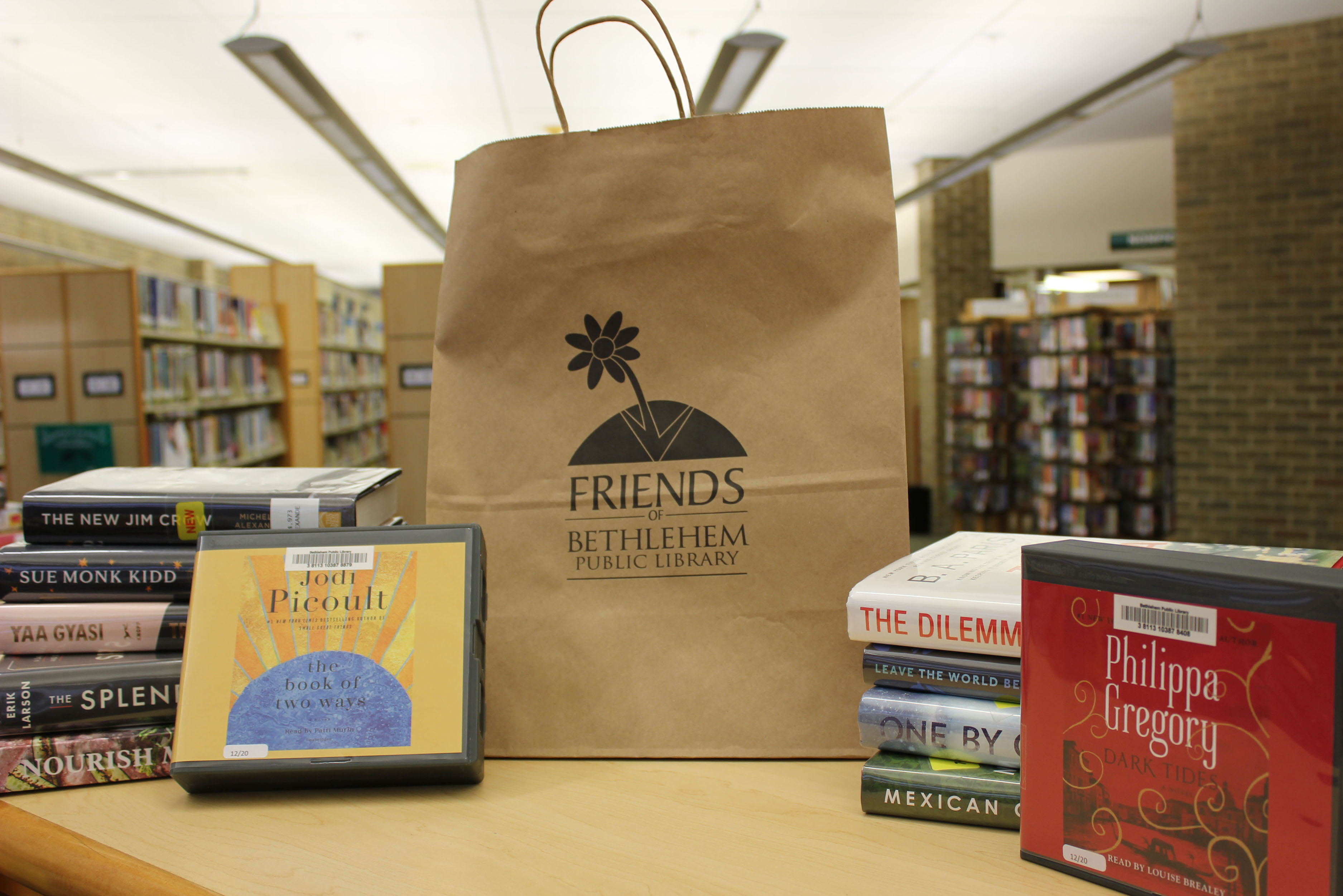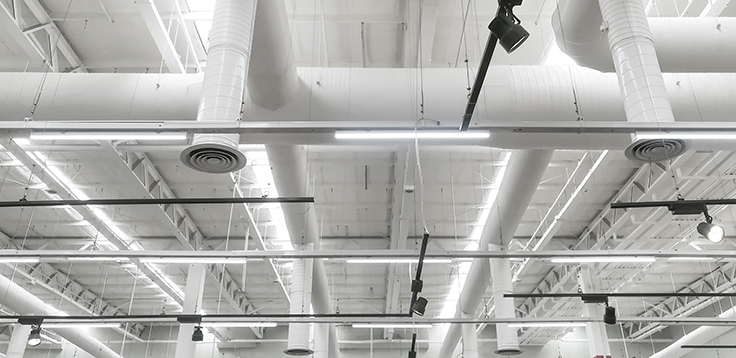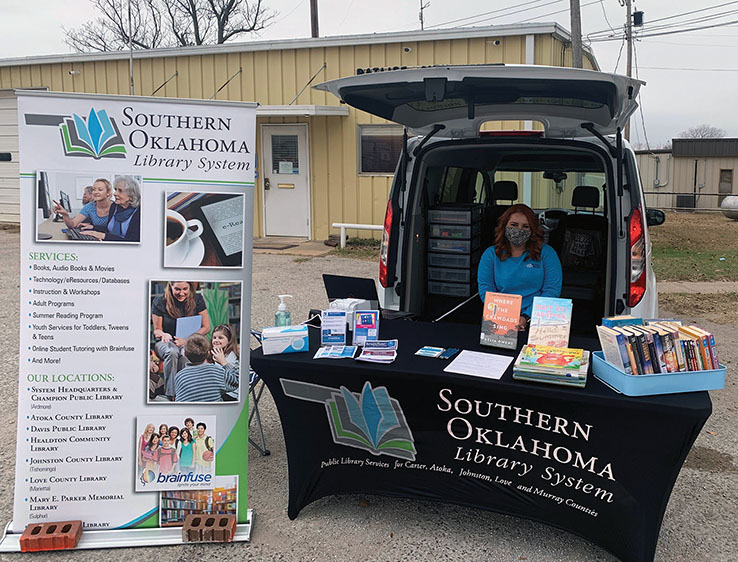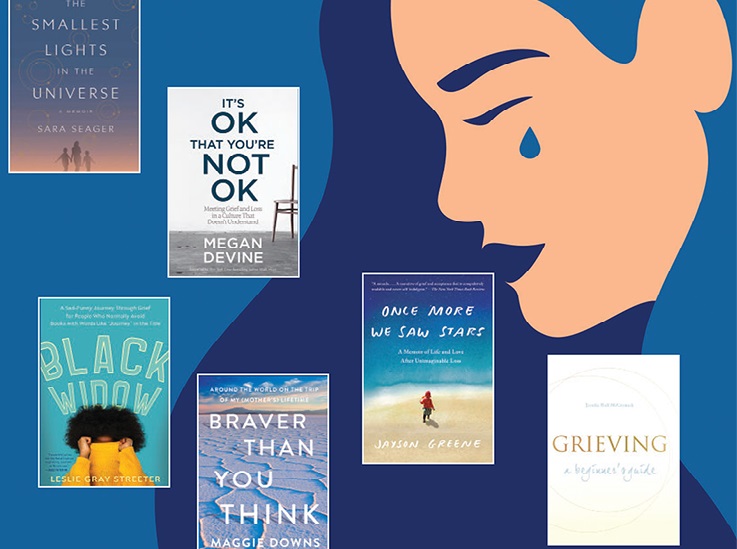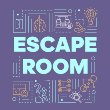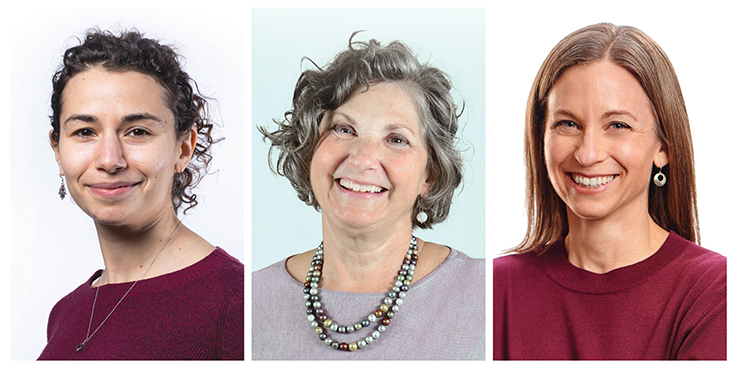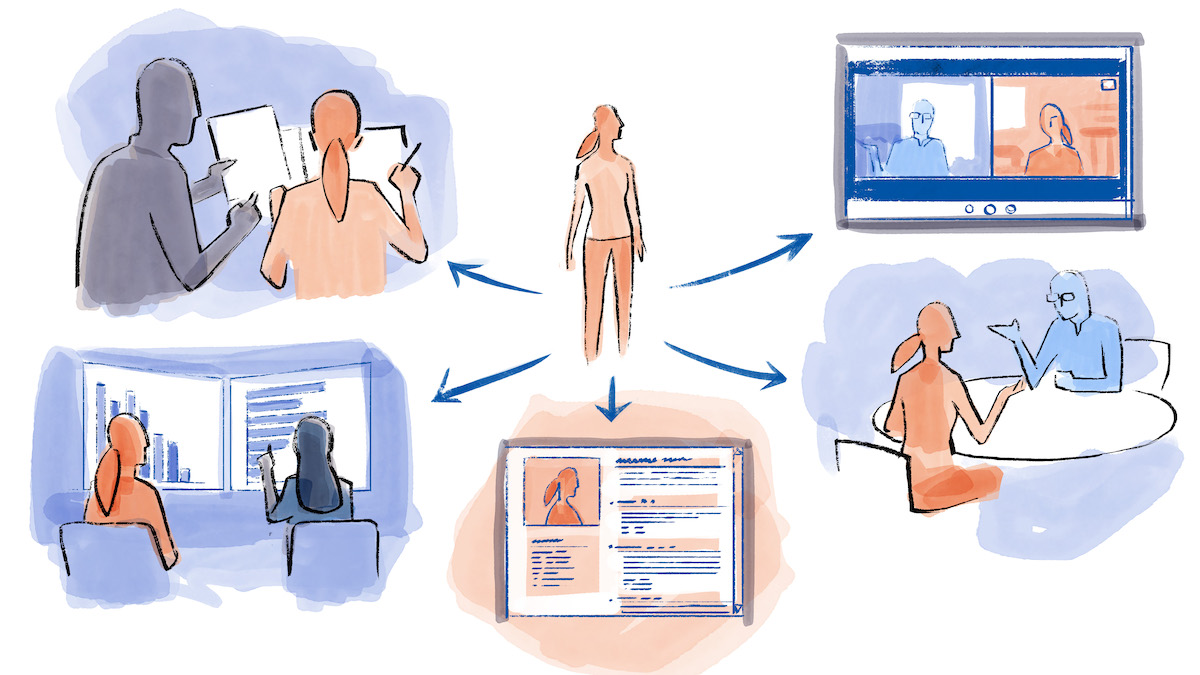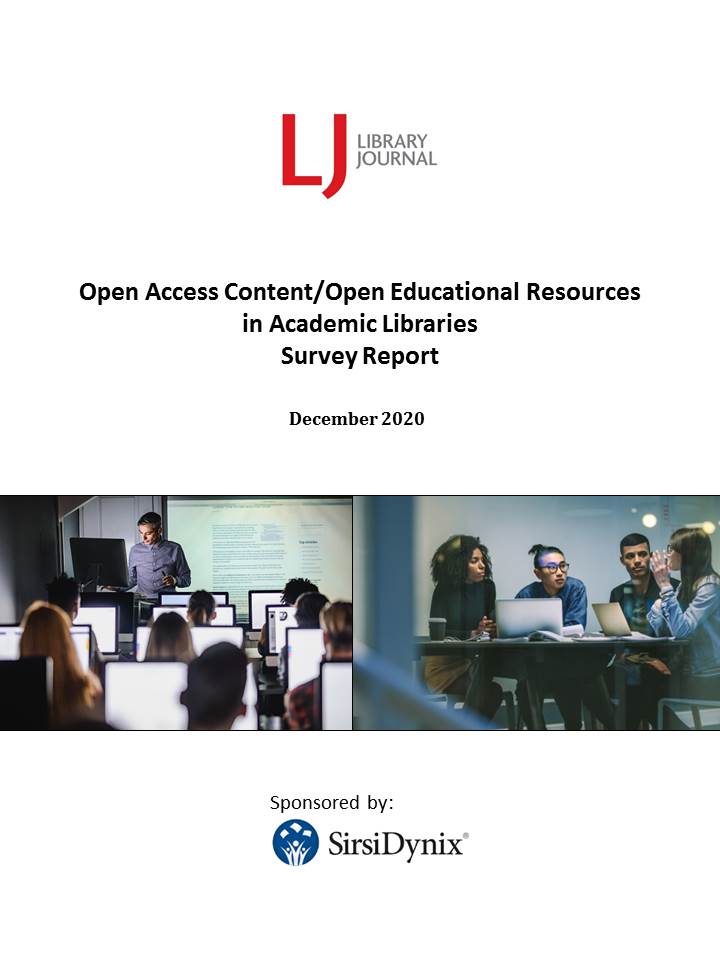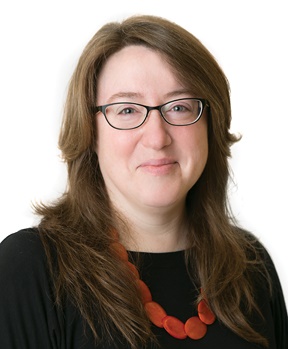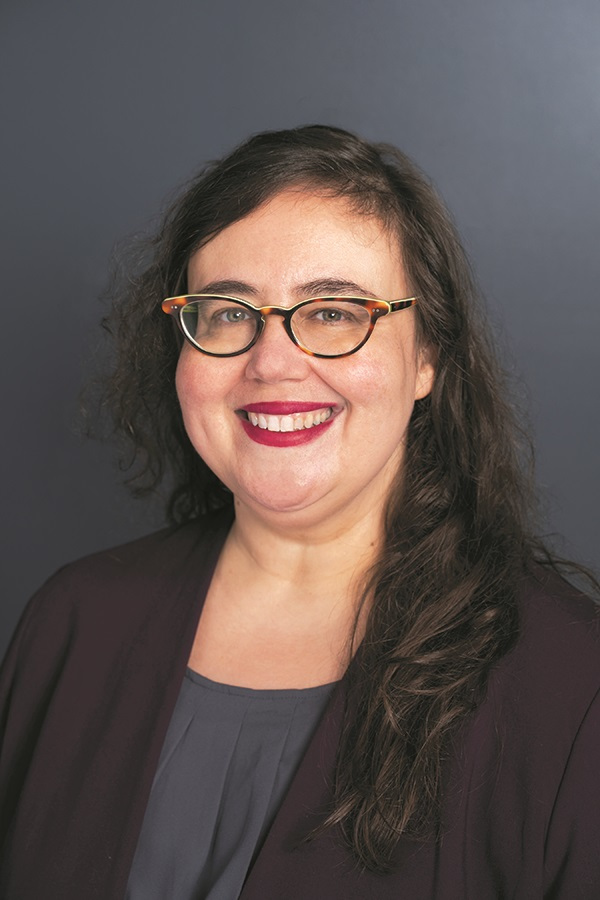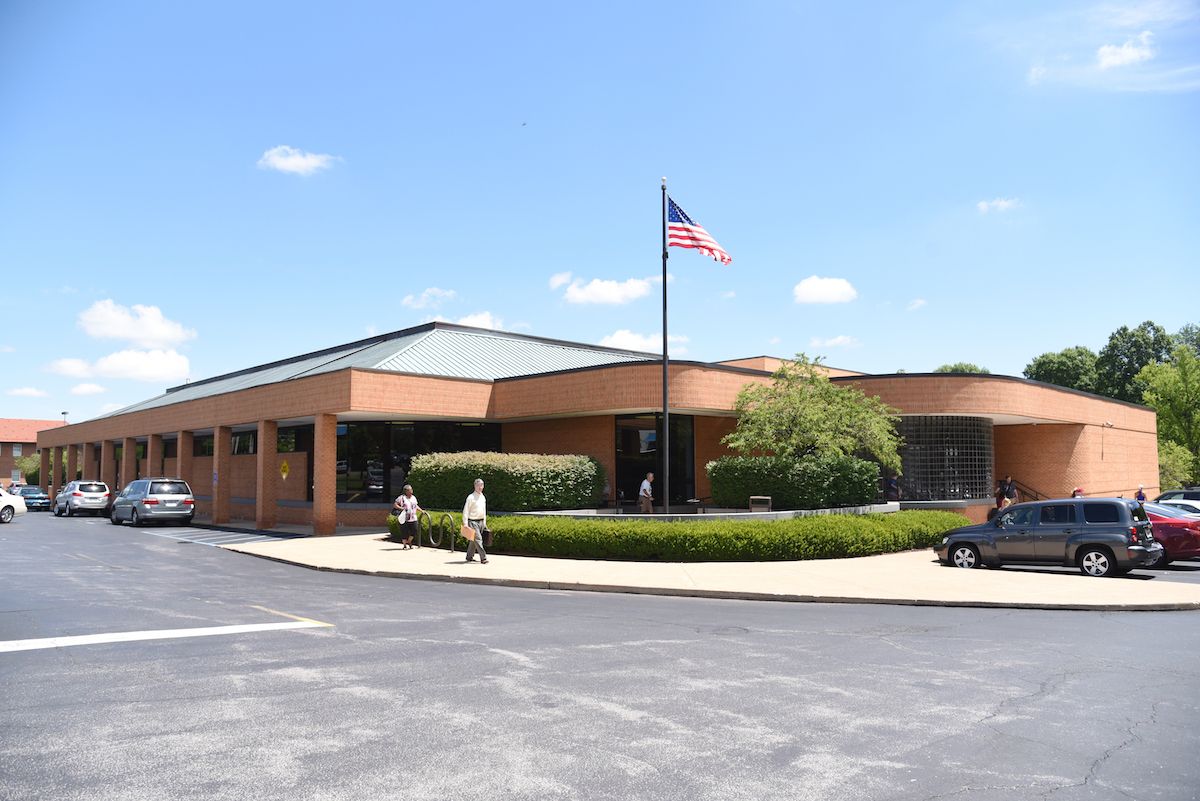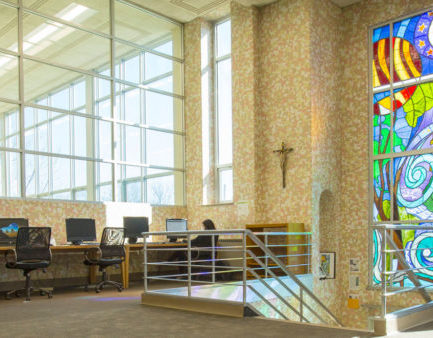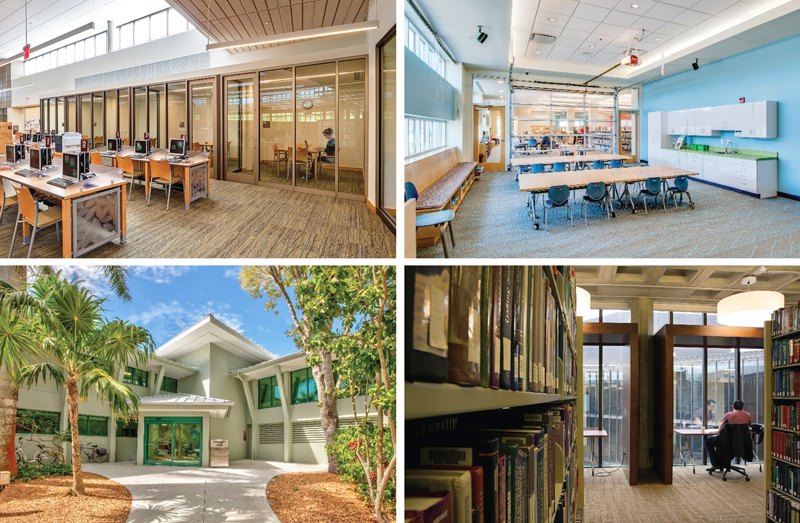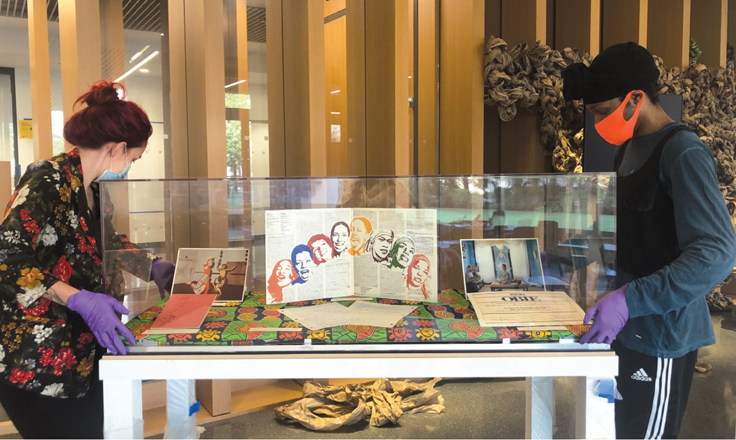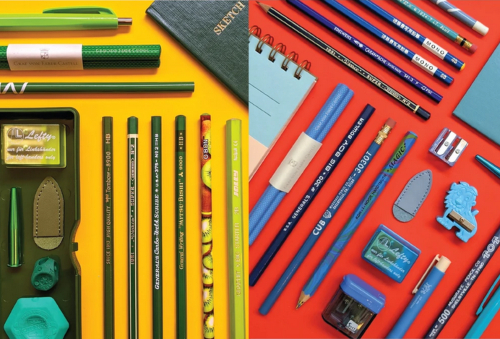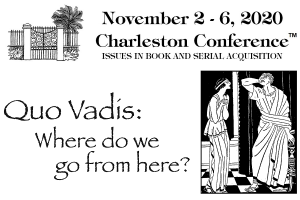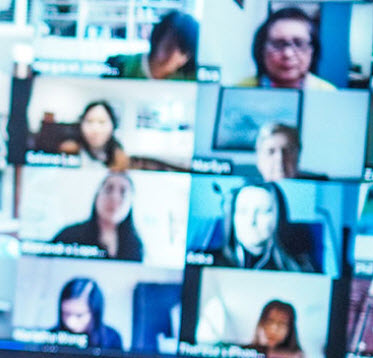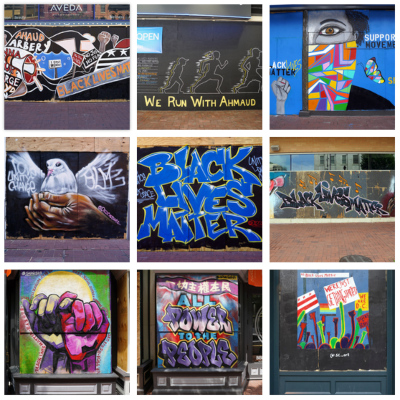Related
Frankenstein took hold of popular culture from the moment it was published. Every generation finds within it a vibrant, on-point conversation, be that 19th-, 20th-, or 21st-century readers. As Halloween approaches, there is perhaps no better time to meet the two central characters of the novel, follow them across Europe, onto the ice of the polar North, and consider how the horrific is perhaps best seen in a bloody mirror. To aid in that expedition, here are books, comics, films, and websites to explore.
Crafting has seemingly been around forever, but now more than ever, these creative outlets have taken on new importance in people's lives. Here are some resources that will help you get started on a craft.
Persuasion, the newest Jane Austen adaptation, arrives on July 15, from Netflix. Assist viewers, readers, and listeners who want more Austen with these suggestions.
The 2022 Tour de France begins on July 1 and runs through July 24, as it winds its way across France. Cycling fans will be watching daily to see who makes the best time, who wins in the mountains, and who has the fastest sprint finish. Some fans will also be tuned in to see the glories of the French countryside and aerial views of the many French châteaux. Help patrons who enjoy “Le Tour” make the most of it with these supporting resources.
Looking for ways to celebrate Pride Month outside of the parade? Many institutions and organizations have made their projects and collections accessible online, so readers can brush up on their knowledge of queer history. Alternatively, there are an array of films and books that cover topics ranging from the origin of Pride Month to personal queer histories. With this list, readers can discover history that may be new to them in the comfort of their home.
To celebrate Pride Month, here are 12 fiction titles featuring queer characters to expand your library's LGBTQIA+ collection.
Museum exhibitions mean great art gathered in one location, but they also often translate into long lines, hard-to-get tickets, and, unless the exhibition is nearby, travel expenses. Added to these impediments, unless one is constantly on the lookout, shows can be overlooked, only discovered after they close. Thankfully many museums do their best to create a visual and aural record of the exhibition online through images, illustrated lectures, audio guides, and gallery talks.
For spring 2022, tour a selection of noteworthy and inspirational gardens offering delight, calm, and beauty.
Publishers Weekly’s second U.S. Book Show, held virtually May 23–26, will lead off with an all-day track on May 24 specifically for librarians. The Libraries Are Essential program will include a roster of library leaders, educators, and advocates, as well as representatives from the American Library Association (ALA) and PEN America, examining issues currently at the forefront of library work.
The results from LJ’s Fall 2021 Public Library Fundraising Survey demonstrate how the COVID-19 pandemic changed the ways libraries conducted their fundraising. Like so much else in the library field, the pandemic forced library staff, administrators, and Friends groups to reconsider the best ways both to raise funds and utilize them.
Whether you want to spot birds in your own backyard or make dedicated birding treks, these suggestions will help you get started.
Interested in planting, cultivating, and delighting in spring flower bulbs? It is a lovely and easy entry into gardening. Bulbs can be planted in pots, in raised beds, or directly in the ground.
Travel the world through these film gems from the past several years; each is likely to reward viewers with new discoveries and appreciation.
Library workers are facing burnout in greater numbers and severity—and grappling with it as a systemic problem.
Why not embrace the epistolary life and become practiced in the art of letter-writing? From creative and crafty paper options, to beautiful pens, to the art of calligraphy, there are so many wonderful ways to say hello to family and friends near and far.
Obsessed with HBO’s The Gilded Age? Here is a list of resources for readers and viewers to fulfill their need for ballroom intrigue and more.
It feels like the entire English-speaking world is addicted to Wordle. Here are some other word games to keep you, and your thesaurus, busy.
The 2021 holidays have officially wrapped, halls undecked, New Year’s countdown completed. So, what to do now that watching winter holiday cinema is officially out of season? Why not consider upping the productivity of your couch time—we would never suggest you get up off the couch—by putting all those holiday pics you took last month to good use. You can create photo books, make pillows, or simply back up your images to ensure stress-free scrolling for years to come.
In this time of continuing uncertainty, it has become increasingly important to establish and maintain a sense of peace for ourselves and those closest to us. You can create your own grounding, even while riding waves of change, through practicing acceptance and being fully present in the moment. One of the best ways to incorporate these principles is through the daily practice of meditation.
Here are some sources to help you fill the freezer, yourself, and your loved ones with wholesome and delicious meals.
To celebrate this spooky season, we've rounded up some of the scariest films ever made across the world.
Whether you are a plant newbie or an experienced green thumb, we have rounded up some project ideas and resources to help you take the next step in indoor gardening.
There are many ways to get into the Halloween spirit and still be safe and socially distant. We have rounded up some ideas to help you and your friends and family enjoy Halloween this year.
The weather is getting crisper, pumpkins are out, and leaves are turning beautiful colors. Autumn is here, and it's a great time to indulge in some fun fall activities.
UPDATE: The Round Two application window is now open through October 29; awardees will be notified in mid-November. Register here for a webinar about the award program and how to apply for the current round on October 14 at 3 p.m. Eastern.
By using new learning strategies, language learning can be interesting and fun. We feature a series of options that can give you fluency in no time.
On September 9, Hawaii Gov. David Ige issued an executive order requiring all state facilities, including libraries, to require proof of vaccine or a negative COVID-19 test for visitors 12 or older to enter. Since the mandate took effect on September 13, library employees throughout Hawaii have been contending with patron reactions ranging from gratitude to anger—including hurled library cards, vandalized cars, and a lot of frustration.
As the pandemic continues, we're all missing the things that made travel so appealing, including sharing new experiences with loved ones. The following sites can help you explore staycation options with ease.
After a year and a half of virtual networking, many public and academic library leaders and employees were looking forward to attending in-person conferences again, while many others remained apprehensive about travel and large group events. As library organizations and associations began finalizing plans for fall and winter conferences, they needed to balance people’s wishes for some semblance of normalcy—in-person sessions and networking, shared meals, hugs and handshakes, tote bags—with a range of safety and liability concerns.
There's much to celebrate about the onset of autumn, from hay rides to apple cider to scary movies. We offer some great DIY concepts for you to adapt as your own.
It remains to be seen whether governments that relaxed or eliminated their mask mandates will move as quickly and decisively to put them back in place. But libraries shouldn’t wait for them to do so.
With many of us staying put the last year and a half amid the pandemic, the importance of where we spend our time has never been more evident. We offer advice on how to reorganize and restyle.
Whether you're a longtime dog owner, welcomed a pooch early pandemic, or are just now considering bringing a pet into your home, there are lots of online resources to help you find, care for, entertain, and even travel with your furry best friend.
Who doesn't like looking at new spaces and envisioning a different life? We feature several ways to browse real estate listings, allowing to escape and daydream.
Looking for ideas for family-friendly vacations or staycations? We offer options for taking to the road or engaging in some armchair travel.
Crafting has always been around, but over the course of the pandemic, these creative outlets have taken on more importance. Here are tips on getting started.
Everything old is new again, or so the saying goes. Scrolling is the new browsing, and there are some excellent finds to be had. Here's where to start.
The American Rescue Plan Act (ARPA) is a $1.9 trillion stimulus package passed by Congress on March 10. It includes targeted funding for various sectors of the economy and government impacted by the COVID-19 pandemic, ranging from agriculture to small businesses to education—and libraries. Here are the ins and outs of how new federal funds will reach public libraries and how they can be spent.
The popularity of public library streaming media entertainment spiked during the pandemic. What’s next?
I never imagined that we would find ourselves honoring a second class of Movers & Shakers at a distance owing to the pandemic—albeit now with an end, perhaps, in sight.
The events of 2020-21 have brought on new levels of stress and anxiety for many of us. Here are some tips to help you take care of your mental and physical well-being.
From getting your fickle Fiddle Leaf Fig to flourish to knowing which roots to keep your newly adopted dog from nosing around, here's some of the best digital plant tools out there.
Rhody Radio, a collaborative podcast project of several Rhode Island libraries, has become a popular long-term programming outlet. The twice-weekly podcast, produced by library staff and community members, captures conversations, lectures, book reviews, and performances by Rhode Islanders; it is available 24/7 on rhodyradio.org and platforms such as Spotify and Apple Podcasts.
Even before the pandemic, outdoor spaces on library grounds were trending. Now, although the vaccine rollout is well underway, it will likely be fall at the earliest before most libraries resume indoor programming. What was a nice-to-have luxury has become the only game in town.
Want to embark on scientific adventures? We highlight ways that you can make a difference, from your home or neighborhood.
Whether gardening, sending up a rocket, or savoring an art exhibit, taking programs outdoors lets libraries offer in-person connection in line with COVID safety protocols.
As the proverbial light at the end of the pandemic tunnel comes into view, so does the discussion around whether a library can require its staff or patrons to have a vaccination in order to enter the building. I’ve spent a good deal of time pondering this question, and while I’m not an attorney and not offering legal advice, there are several things to consider, about this and other related issues.
I’ve been delighted to watch the ambitious program in Ohio in which 137 of the state’s 251 library systems (and counting) have chosen to help distribute about 2 million at-home coronavirus testing kits. At press time, libraries had already distributed nearly 60,000 tests through about 365 locations.
Here are eight simple things you can do to breathe new life into your home, no matter what style or décor you prefer or your budget.
Before the COVID pandemic, Princeton University instructors Joshua Kotin and Irene Small were looking forward to coteaching an undergraduate class, “Language To Be Looked At,” exploring concrete and visual poetry. In concrete poetry, the visual elements of a poem—typography and symbols and their arrangement on the page, as well as the printed matter itself—are critical components of its meaning.
We offer a selection of noteworthy and inspirational gardens to get that green thumb back into shape, or to simply enjoy some armchair travel.
At the University of Waterloo, after a year of transitioning content for instruction online, we have had the opportunity to iterate, moving beyond our initial efforts to a more cohesive and intentional instructional design and delivery. Looking back on the last 12 months, we have arrived at six principles that we have used, informally and formally, to guide our practice. 1) Streamline; 2) Be flexible; 3) Be kind; 4) Good enough is good enough; 5) Build comfort; and 6) Don’t get attached.
The American Library Association launched two relief funds at the beginning of April. The $1.25 million ALA COVID Library Relief Fund will offer grants of $30,000–$50,000 to public, school, academic, and tribal libraries across the United States and U.S. Territories that have been affected by pandemic-influenced budget contractions. The ReMember Fund will ensure that ALA members financially impacted by COVID-19 can maintain their membership.
Coloring hit its peak a few years back, but has had a small resurgence as people looking for ways to relax and unwind. We highlight our favorite apps and games.
Internships and practicums are important to learning and jobseeking. During COVID, LIS programs and students have had to get creative at a distance.
On April 5, the American Library Association (ALA) released its annual State of America’s Libraries Report —this year focusing on the COVID-19 pandemic and how public, school, and academic libraries stepped up to meet patrons’ and communities’ needs. Issued during National Library Week, April 4–10, the report features snapshots of libraries throughout the United States—highlighting the ways they’ve adapted to the changes, restrictions, budget contractions, and opportunities created by the pandemic—and includes a list of the Top Ten Most Challenged Books of 2020.
As early as December 2020, many were advocating for library workers to be included in early distribution categories. Even in the absence of broad recategorization, however, some library leaders have effectively lobbied to have staff across their entire systems vaccinated. Using a range of strategies, they have ensured that their state or local health department officials understand that library workers fill essential, public-facing roles, and are cared for accordingly.
On March 17, Ithaka S+R released results from its most recent survey of more than 600 academic library deans and directors across the United States. The report, “National Movements for Racial Justice and Academic Library Leadership,” looks at how their perspectives and strategies around diversity, equity, inclusion (EDI), and antiracism have changed over the last year, as well as their perceptions of COVID-19’s financial impacts on staff and faculty of color.
With library branches closed or offering limited in-person services during much of 2020, that has often meant shifting to virtual offerings. But many people faced challenges accessing those online resources, according to “Public Libraries and the Pandemic: Digital Shifts and Disparities to Overcome,” a report published this month by New America, a Washington D.C.–based public policy think tank.
Providing accurate and reliable information is a cornerstone of public librarianship, but over the last year librarians have been especially challenged by the pandemic, the election, and the increased visibility of conspiracy theories. Nonetheless, public librarians remain active on the front lines of the fight against misinformation and disinformation and continue to seek out new and more effective ways of helping their patrons apply information literacy principles in their daily lives.
Virtual museum tours are a creative field trip idea for students and a safe, fun way to engage the entire family. We highlight our favorites.
Among the many problems, including daunting refrigeration requirements, difficulty in traveling to centralized sites, and hesitancy driven in part by misinformation, was that most vaccine appointment registration is available only on the internet. And as few know better than librarians, a significant portion of the population lacks the devices, the connectivity, or the skills to use the web.
In a significant show of support, Congress earmarked billions of dollars in recovery funding for academic, public, and school libraries on Wednesday, March 10, as part of President Joe Biden’s $1.9 trillion American Rescue Plan Act (ARPA) of 2021. The Institute of Museum and Library Services (IMLS) received $200 million, the largest single boost in the agency’s 25-year history. The relief package also includes money for library-eligible programs such as the Emergency Education Connectivity Fund through the FCC’s E-rate program.
The Califa Group—a nonprofit membership consortium of public, academic, school, research, corporate, medical, law, and special libraries across California—was recently awarded an Institute for Museum and Library Services (IMLS) grant for the Libraries as Second Responders project, which will help train library staff to serve communities that have been, and continue to be, highly impacted by COVID-19. LJ caught up with Califa Assistant Director Veronda J. Pitchford to find out more about the project.
These apps can help keep your body and mind in shape, and do not require equipment other than a mat, a chair, and a little dedication.
Budgets, modestly up, reflect pre-COVID planning, but how they’re spent has changed drastically: Circ, hours, and staffing see major pandemic drops while tech, e-content, and safety spending rise.
With television shows and films becoming accessible to a wider audience, more of us are embracing our favorite genres in a variety of languages and finding something to watch for our every mood.
When the long-awaited COVID-19 vaccines began to roll out in mid-December 2020, their distribution was immediately complicated by a shortage of doses and widespread uncertainty about who would be given priority. The Centers for Disease Control and Prevention (CDC) issued suggested guidelines for phased allocation. When it was not yet clear who would be next, many library workers, leaders, and associations began advocating for public facing library workers to be vaccinated as soon as feasible.
Seoud Makram Matta, Dean Emeritus of the School of Library & Information Science (now the School of Information) at Pratt Institute, died November 24, 2020, at the age of 83 due to complications of COVID-19.
COVID shifts drove falling print circ and rising ebooks. But will it last? LJ's 2021 Materials Survey looks at some of the last year's trends.
In the messy middle of the pandemic, library leaders share how things have changed since March 2020, their takeways, and continuing challenges.
Even the most enthusiastic kitchen dwellers likely are looking for some inspiration to rekindle the love of cooking or, at the very least, just get something on the table. Here are some sites, all of which offer vegetarian options, that may help.
Congratulations on your inauguration. I know you face urgent challenges and must take decisive action at scale. I write to urge you to keep libraries in mind as you design structural remedies to ameliorate the immediate crises and prevent the next.
The session “Small and Rural Libraries: A Candid Discussion,” held at the American Library Association (ALA) 2021 virtual Midwinter Meeting, began—as one might expect, during a year of pandemic, budget cuts, and major disruptions—by looking at the challenges small libraries face. But it quickly turned into a celebration of how they are meeting the needs of patrons, communities, and staff with imaginative, humane solutions.
The Association of Bookmobile and Outreach Services (ABOS) presented “Exploring Ways to ‘Jazz Up’ Your Library's Bookmobile, Outreach, or Book Bike Program during the COVID-19 Pandemic with the Association of Bookmobile and Outreach Services” during the American Library Association (ALA) Virtual Midwinter Meeting. The session was notably encouraging and upbeat, urging outreach librarians to reframe their services during the pandemic.
Whether you want to start simply in your backyard or make dedicated birding treks, these suggestions will help you get started.
With most patrons still unable to browse the stacks, public librarians are finding creative ways to provide the experience of serendipitous discovery through book bundles and grab bags.
HVAC systems may be an important tool for reducing COVID risk in library buildings; the details make all the difference.
Lack of reliable broadband access has long posed challenges for many rural communities. As the pandemic ramps up the need, libraries continue to help with innovative solutions.
Build collections and help patrons with these key titles for mourning as a family and starting difficult conversations around death.
We have rounded up here some interesting digital escape rooms for friends and family of all ages that feature well-known characters and incorporate beloved video games.
Librarians Elaine R. Hicks, Stacy Brody, and Sara Loree have been named LJ's 2021 Librarians of the Year for their work with the Librarian Reserve Corps, helping the World Health Organization manage the flood of COVID-19 information.
How will COVID-19 change how libraries offer their collections and services in the long term? How will it change the nature of our work? This article provides a vision of the future in which libraries become true connectors of people and catalysts for discovery.
Academic librarians are seeing more interest in open access (OA) content and open educational resources (OER) during the COVID-19 pandemic, survey respondents reported, due in part to a lack of access to physical materials and a desire to keep textbook costs low. Those are some of the findings from the Library Journal Open Access Content/Open Educational Resources in Academic Libraries Survey, released this month.
We have rounded up a selection of our most favorite games, including some classics, to help keep you occupied and amused during the winter months.
As we think through the lessons we have learned over the past four years, one thing is quite clear: the way “we’ve always done things” is not sustainable for the well-being of our communities. We need to seek out those patterns that are emerging to systemically change the policy landscape of our society, economy and the environment and respect that leadership may look different in the coming years.
On November 7, Pfizer announced interim findings of a 90 percent effectiveness rate for its SARS-CoV-2 vaccine. On November 16, Moderna announced a similar interim finding of 94.5 percent effectiveness. While there are cautionary notes—these are the companies’ numbers, not the FDA’s, and at press time the trials were not yet complete—it is still a hopeful sign that the most stringent measures to contain community spread may be behind us by 2022. Yet the right-now coronavirus news is grim.
On August 11, St. Louis County Library (SLCL), MO, announced the layoffs of 122 part-time workers. All 600 employees, both full- and part-time, had been paid during nearly three months while library buildings were closed. But a number of staff, along with other supporters, feel that the layoffs will impact services once the library reopens. Some workers have also alleged that the layoffs were retaliatory.
Despite precautionary measures against the coronavirus, such as regular testing and social distancing rules, as a second pandemic wave picks up across the country some schools are opting for an early shut-down of in-person learning. With classes pivoting to all online and residential students being sent home ahead of their Thanksgiving break—or being instructed not to return to campus afterward—academic libraries are once again adjusting to support their communities’ needs.
In today's day and age of the COVID pandemic, job loss, increased violence, and weather-related incidences, the Community Library has become more important than ever. People flock to libraries as a lifeline in times of need.
A variety of libraries public and private, in the United States and abroad, still have online gift shops that support library collections and programs and are open for business, no mask required (though several do sell cute ones). In addition to the pictured items unique to each location and collection, they all carry a curated selection of more general gifts calculated to appeal to book and library lovers of all ages—and at all budgets.
We have rounded up a selection of interesting animal cams, online videos, and live virtual animal experiences to allow you to find some joy watching adorable animals at play.
Whether librarians are providing services in-person or virtually, reference has changed with the pandemic.
As you begin to prepare for what will be a different kind of holiday season, we have rounded up ten interesting online shops to help you find special gifts for anyone in your life, including yourself.
Because of the COVID-19 pandemic, this year the Charleston Conference took place virtually from November 2–6. Appropriately, many of the sessions focused on the changes in and around academic libraries wrought by the pandemic. A panel titled “Getting Back to Business,” sponsored by the Society for Scholarly Publishing’s Scholarly Kitchen blog, offered opinions from a range of scholarly publishing stakeholders, including representatives from a university library, research society, nonprofit, and publishing consultant.
Successfully facing COVID fatigue is important for our overall well-being, and health experts have identified a number of coping strategies that can help.
The concept of a socially distanced library would be considered the ultimate antithesis of the modern-day library. The past two decades have witnessed the evolution of the library from a mostly traditional space of quiet study and research into a bustling collaborative, social space and technology center.
We have rounded up just some of the many current exhibits and art events that address themes of racial injustice and the Black Lives Matter movement. Many of these art events are physical exhibits that can also be viewed virtually, while some are online only.
ALREADY A SUBSCRIBER? LOG IN
We are currently offering this content for free. Sign up now to activate your personal profile, where you can save articles for future viewing
